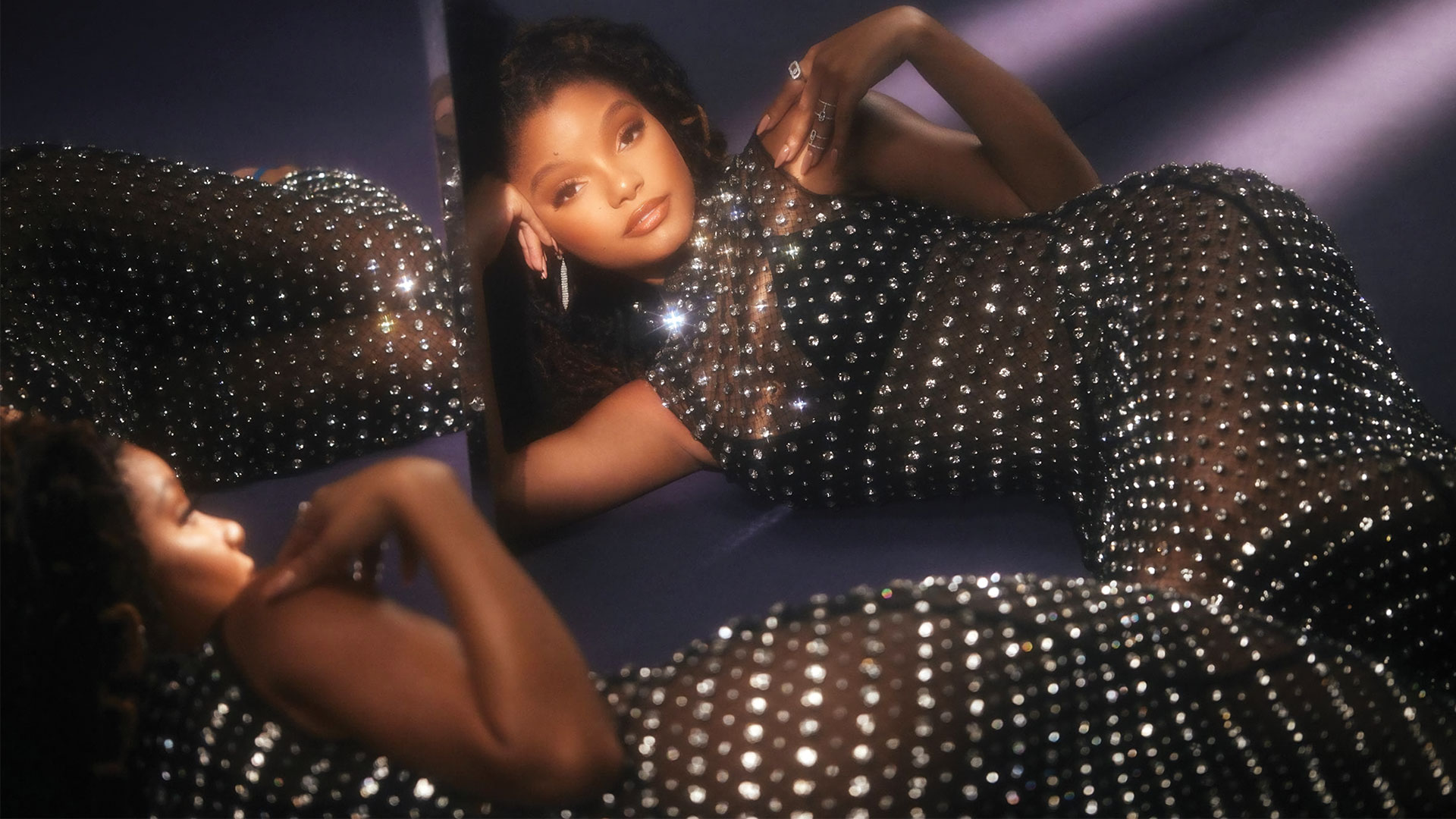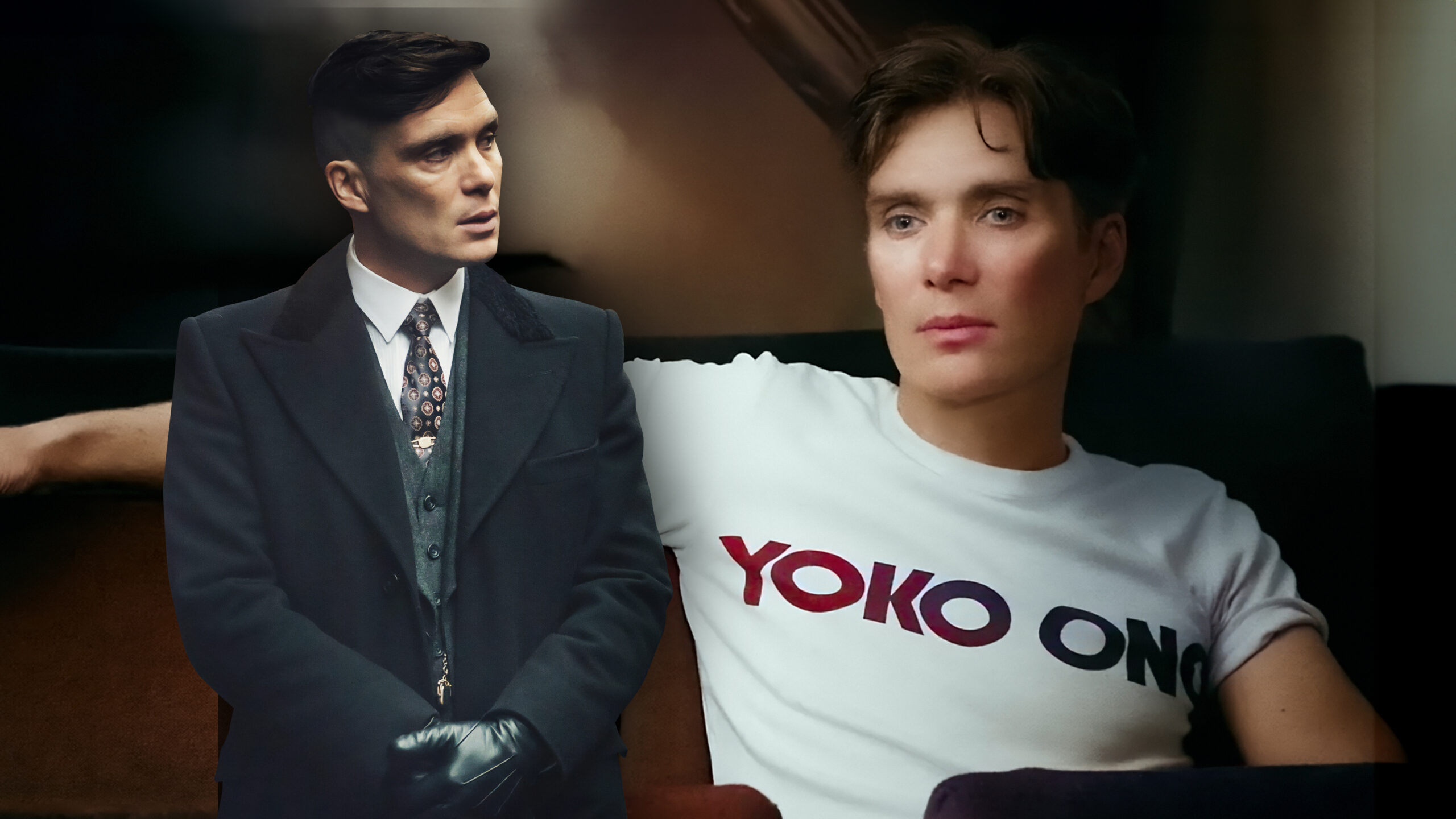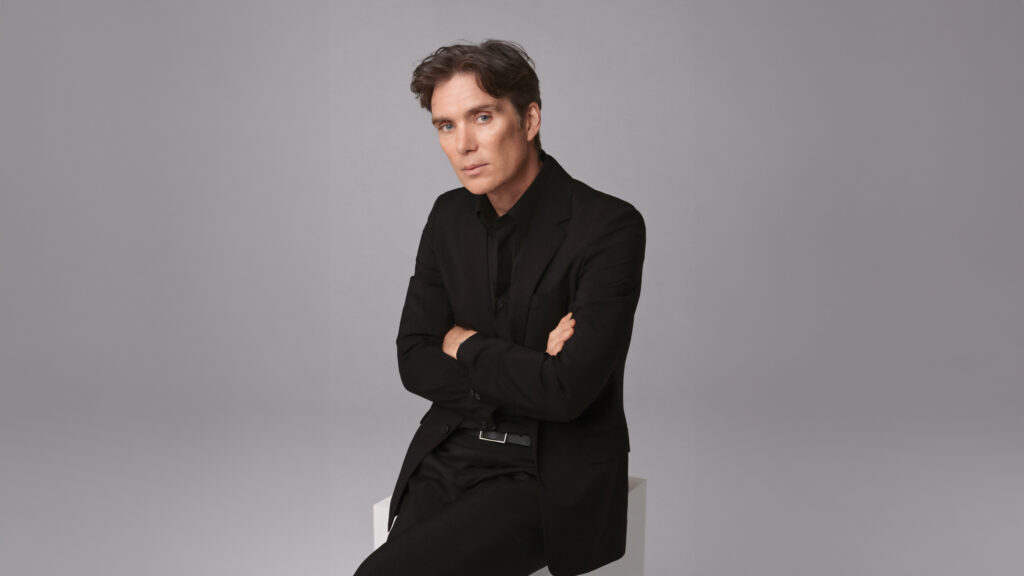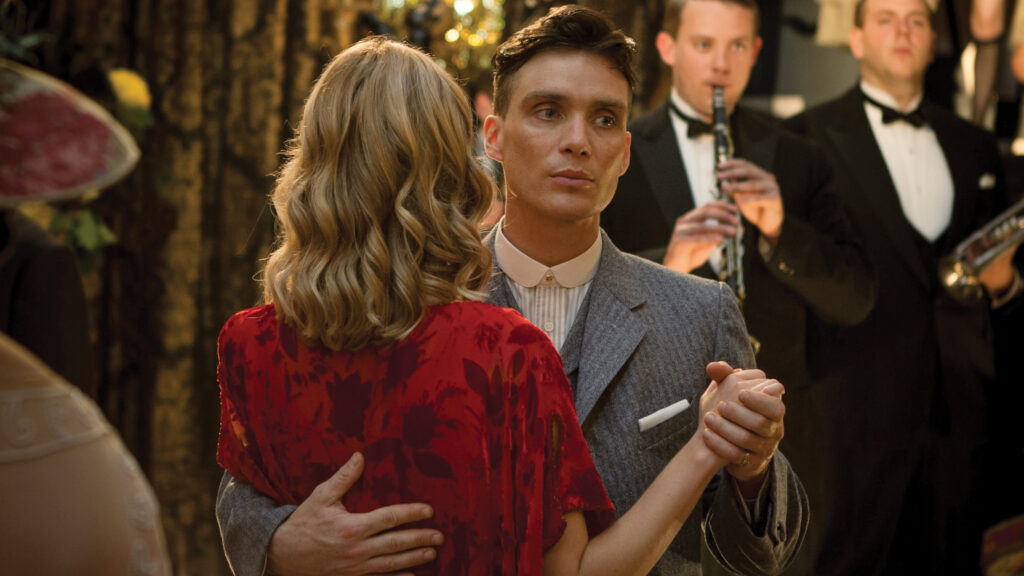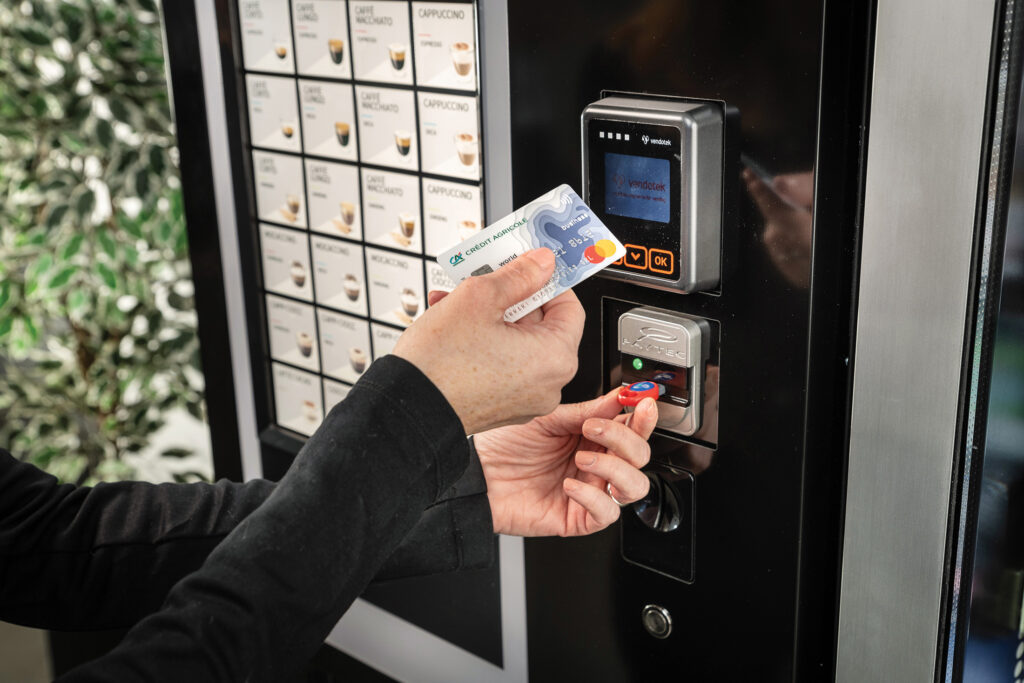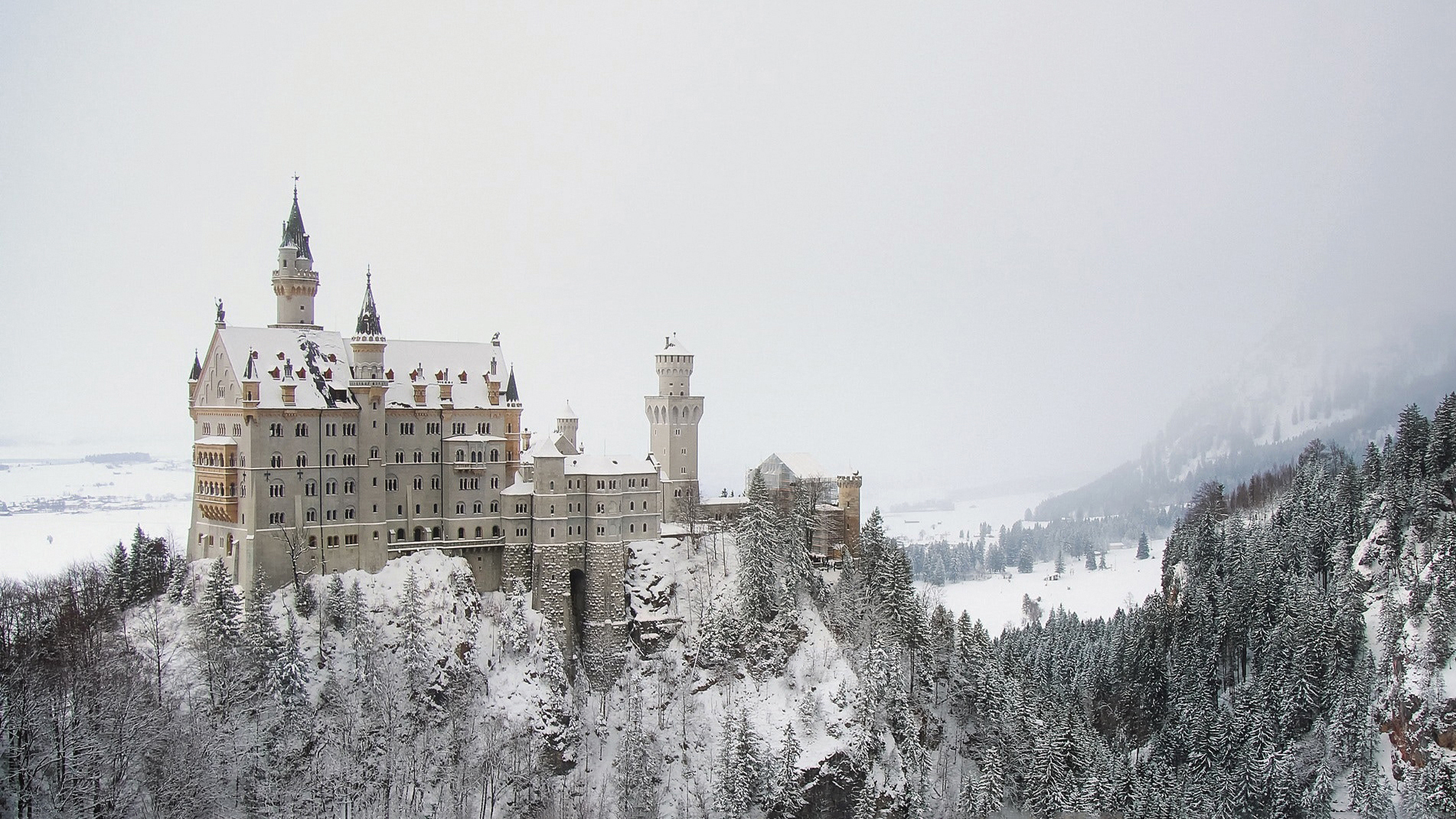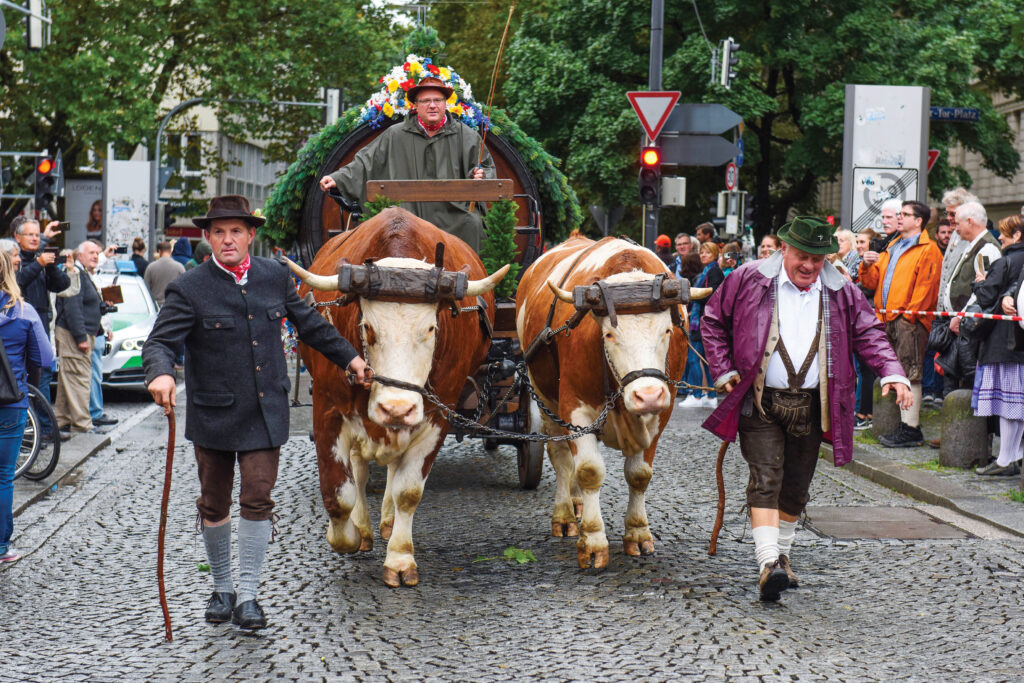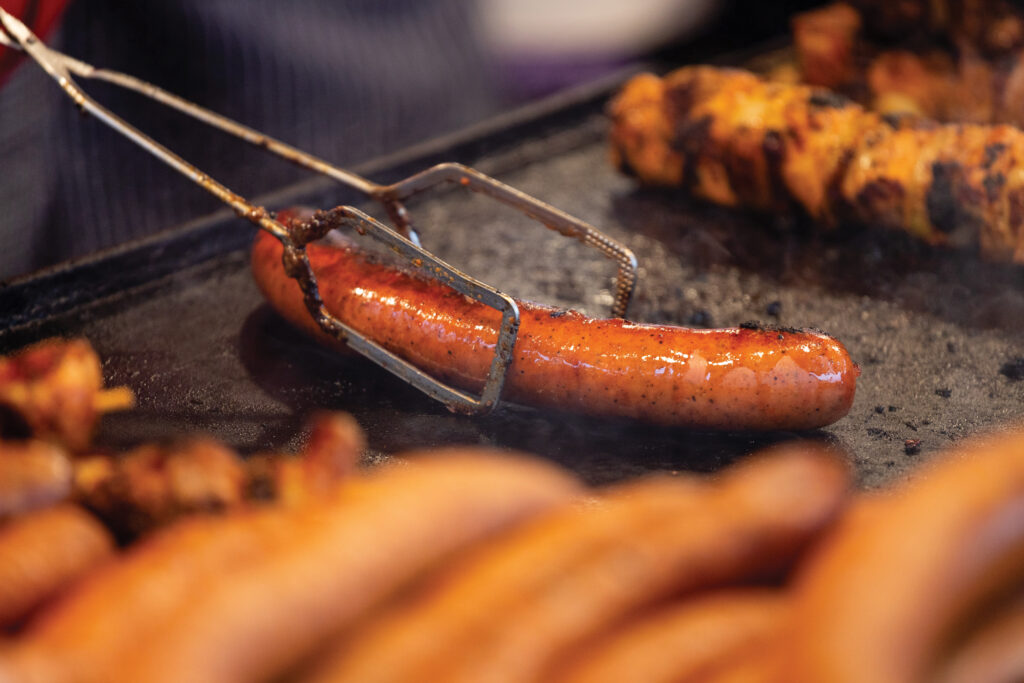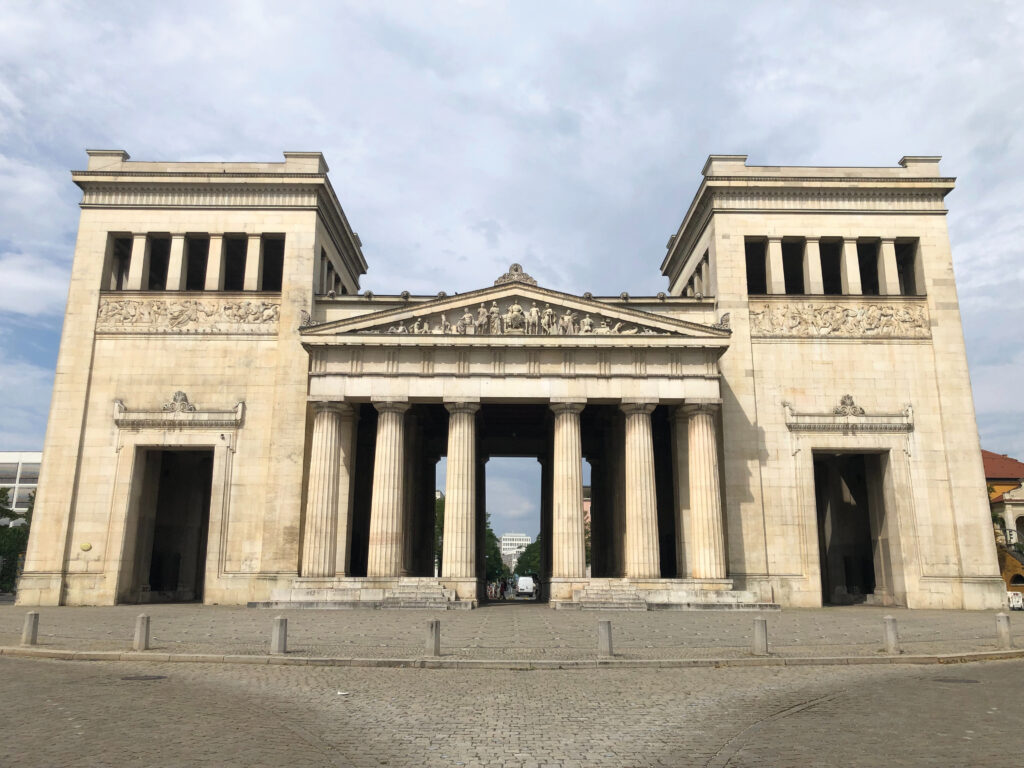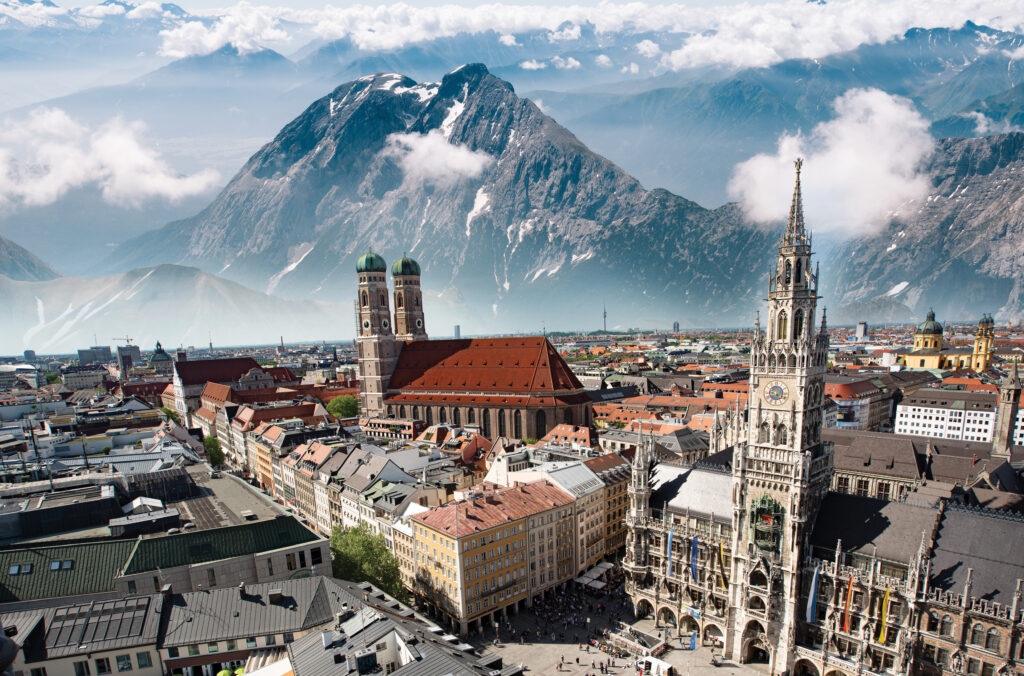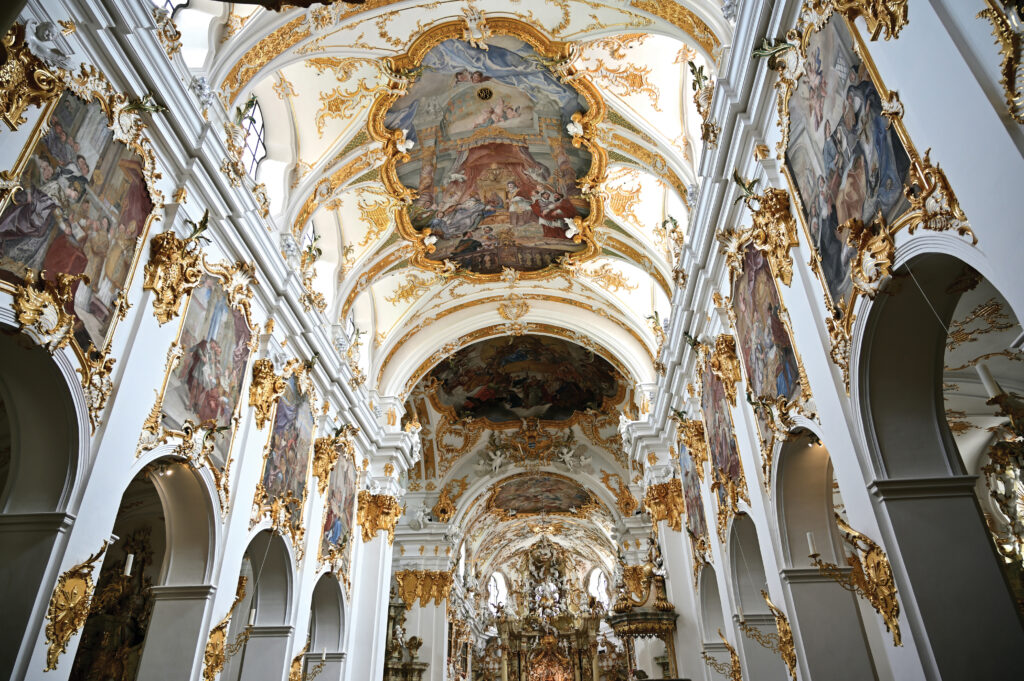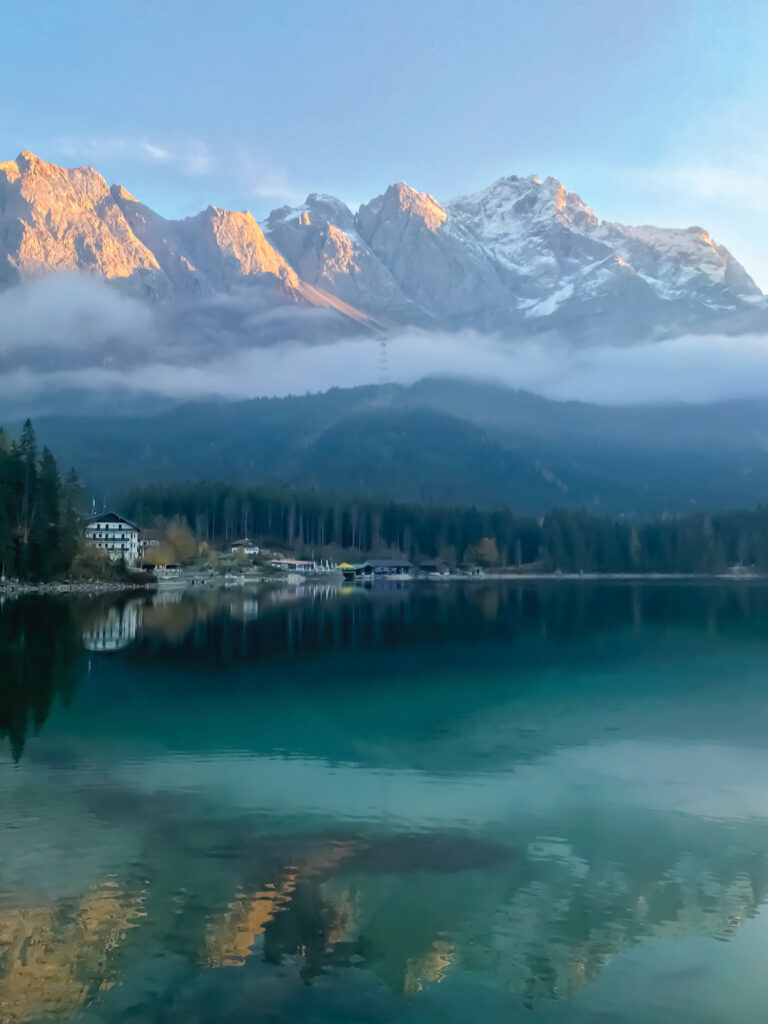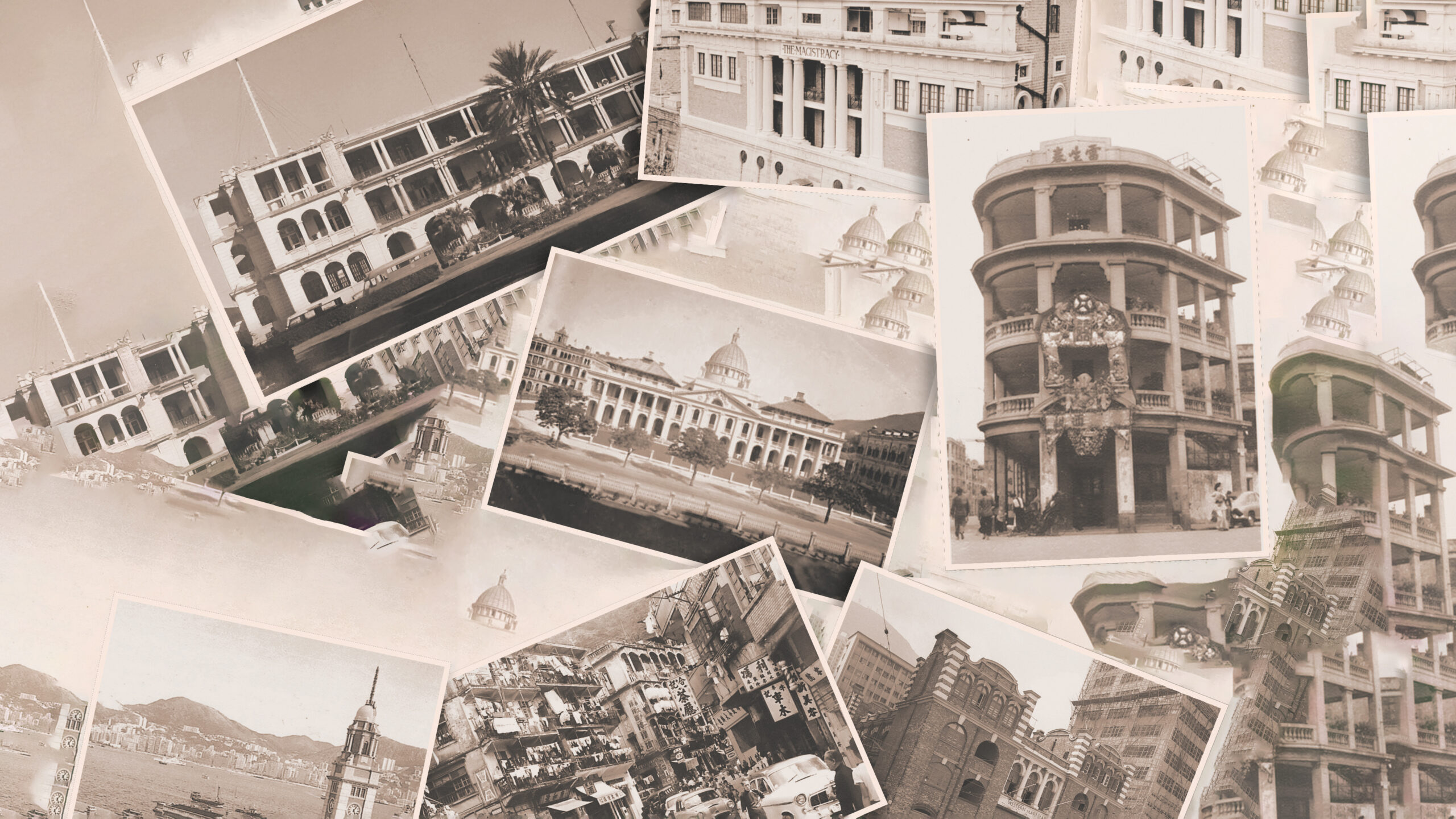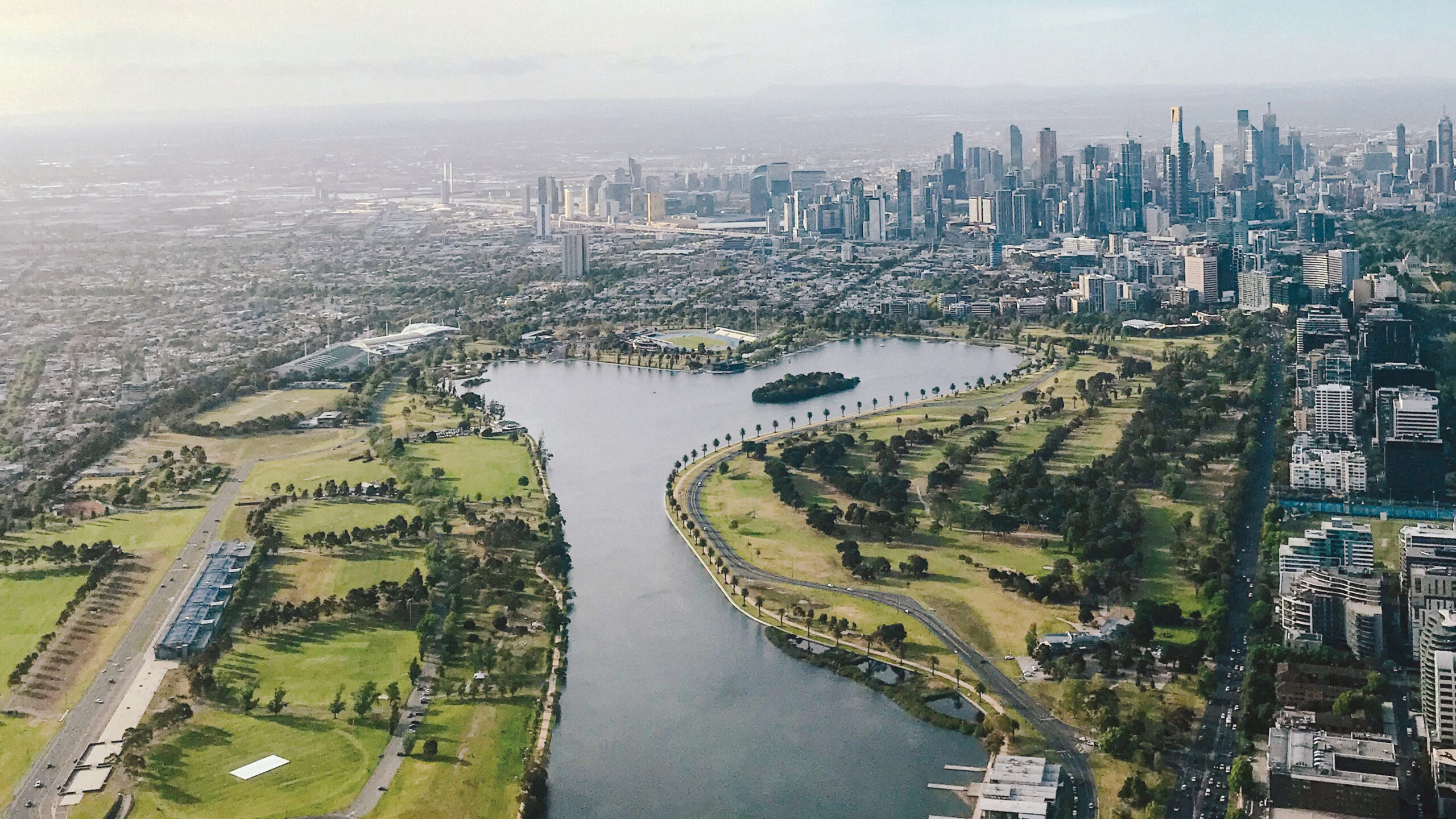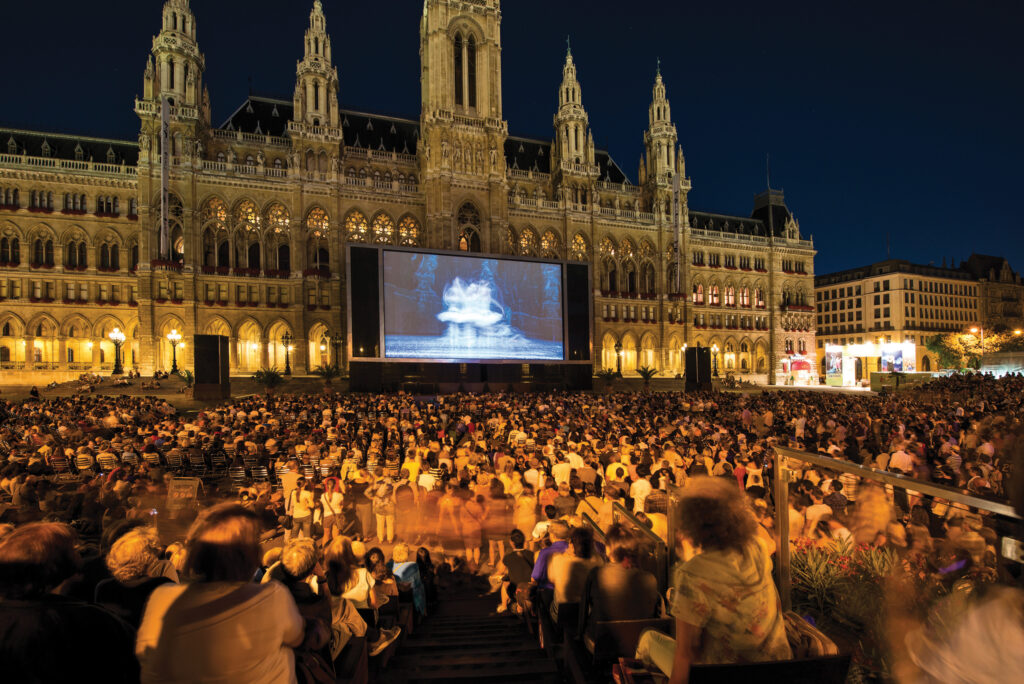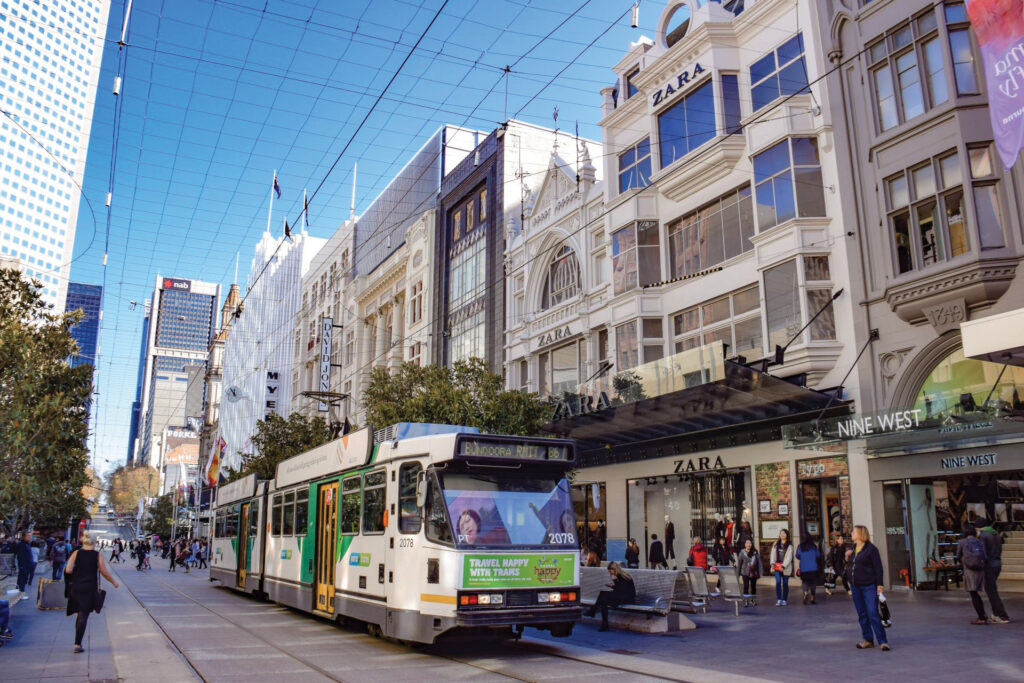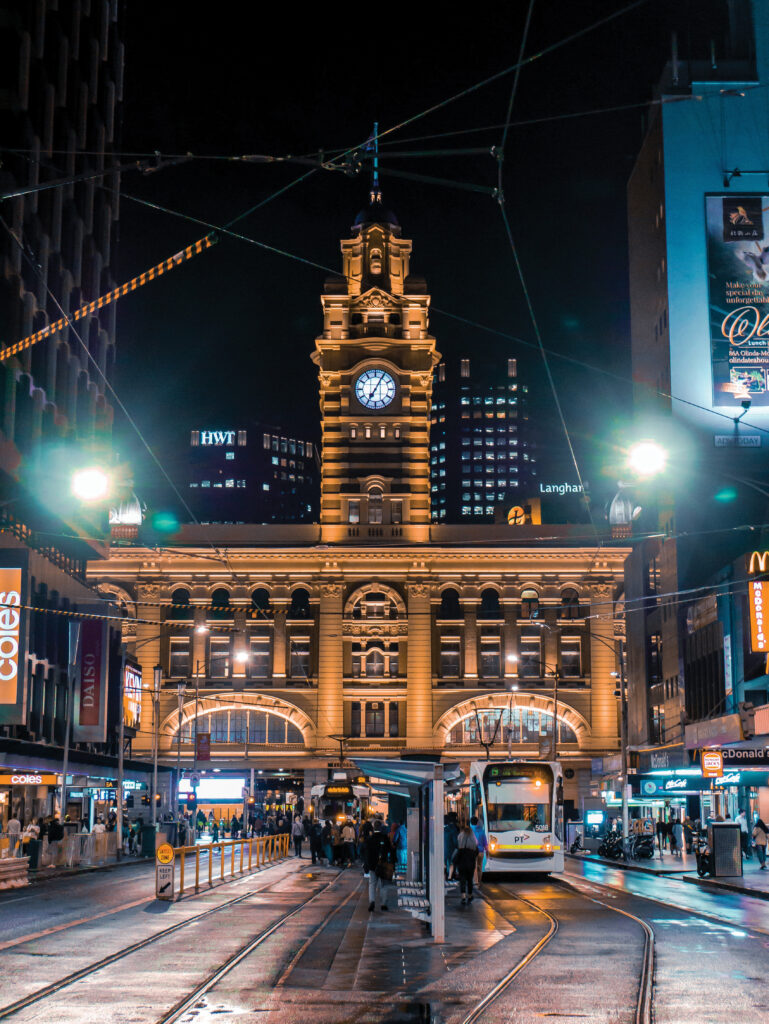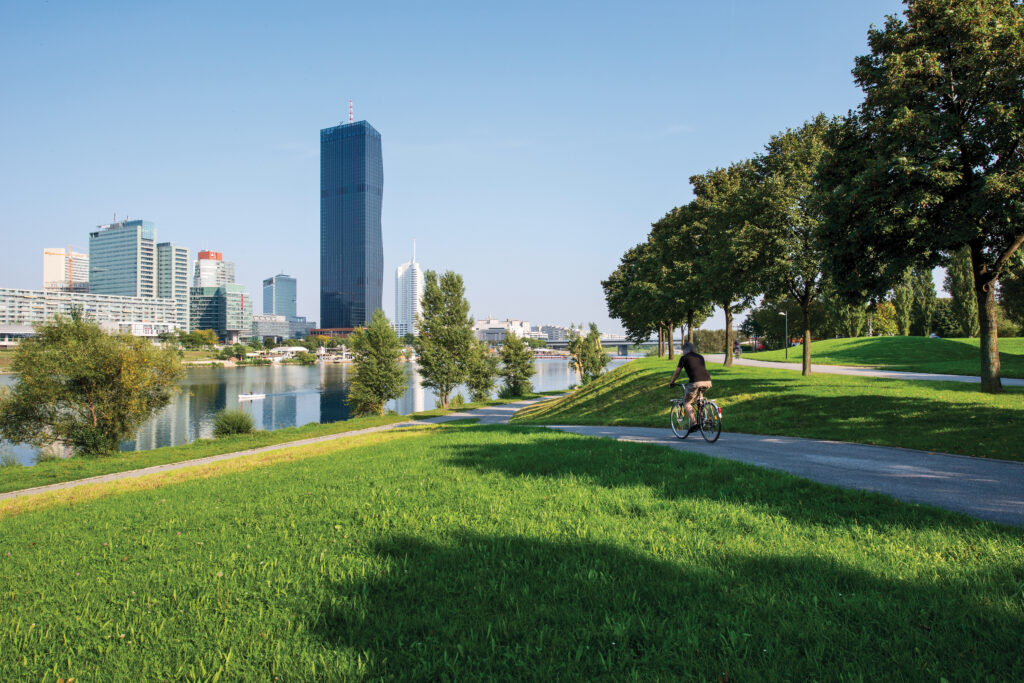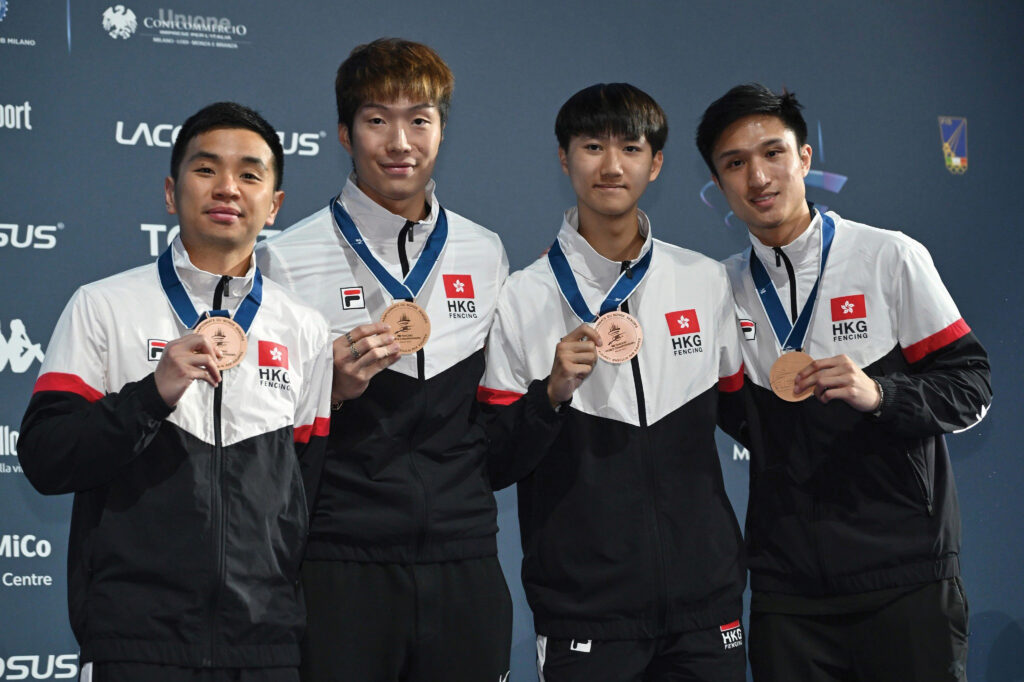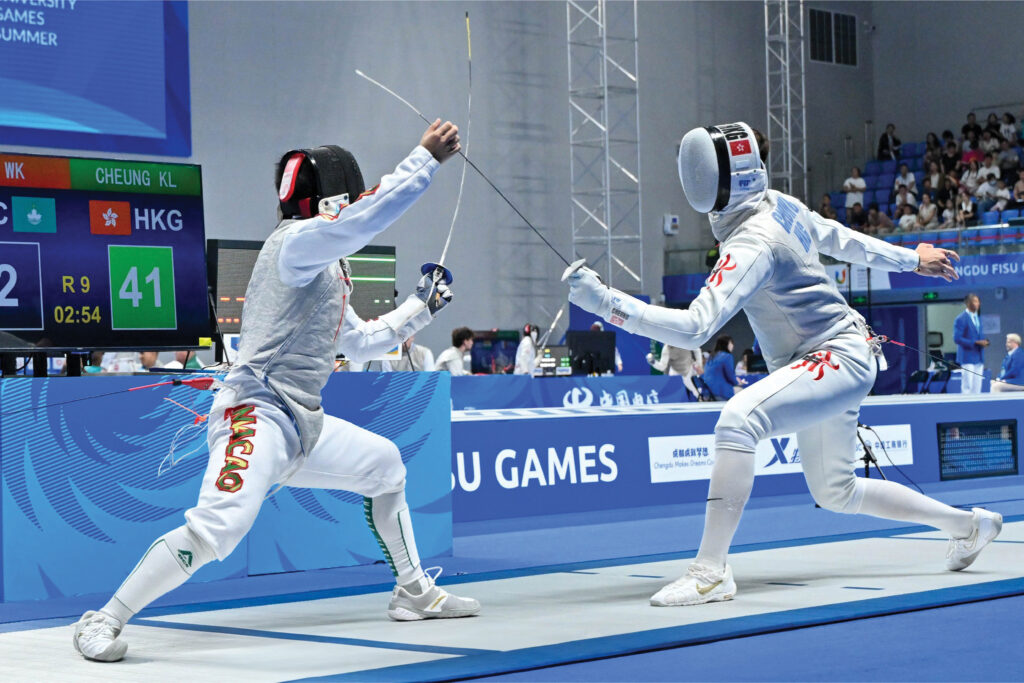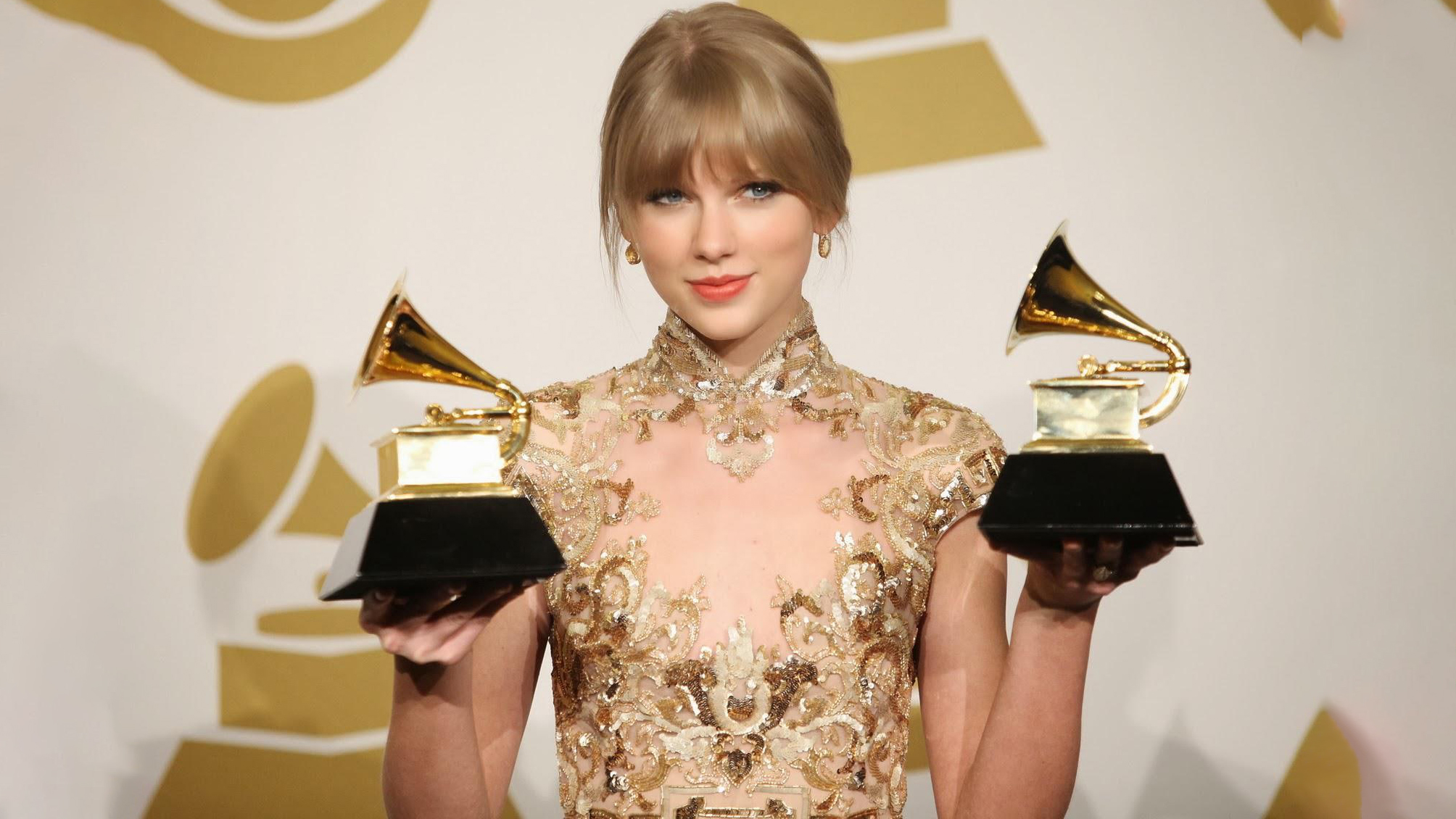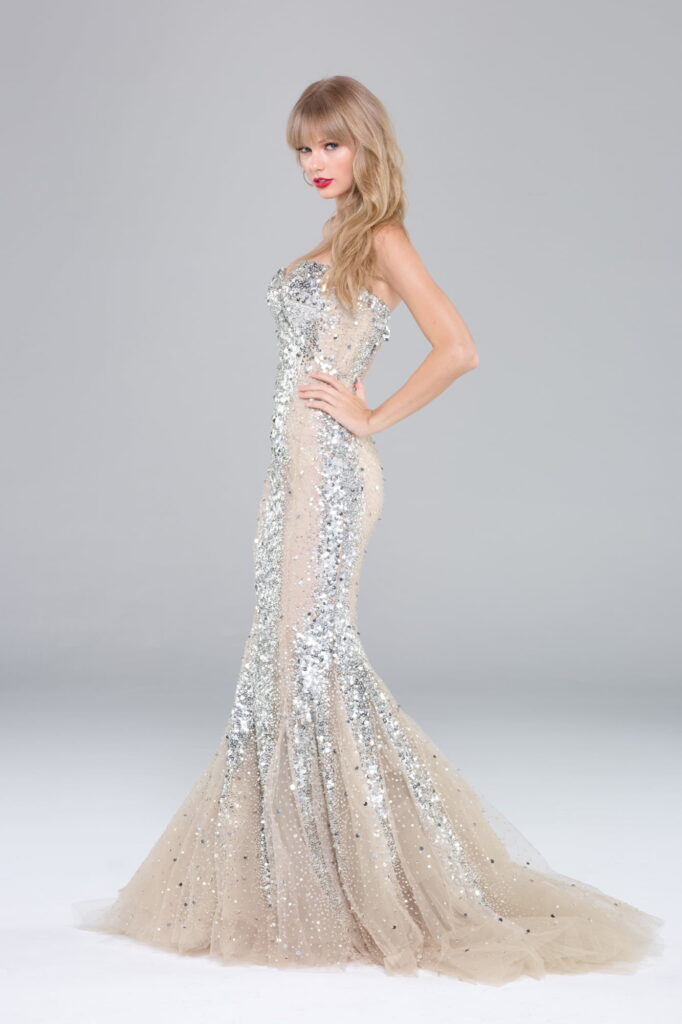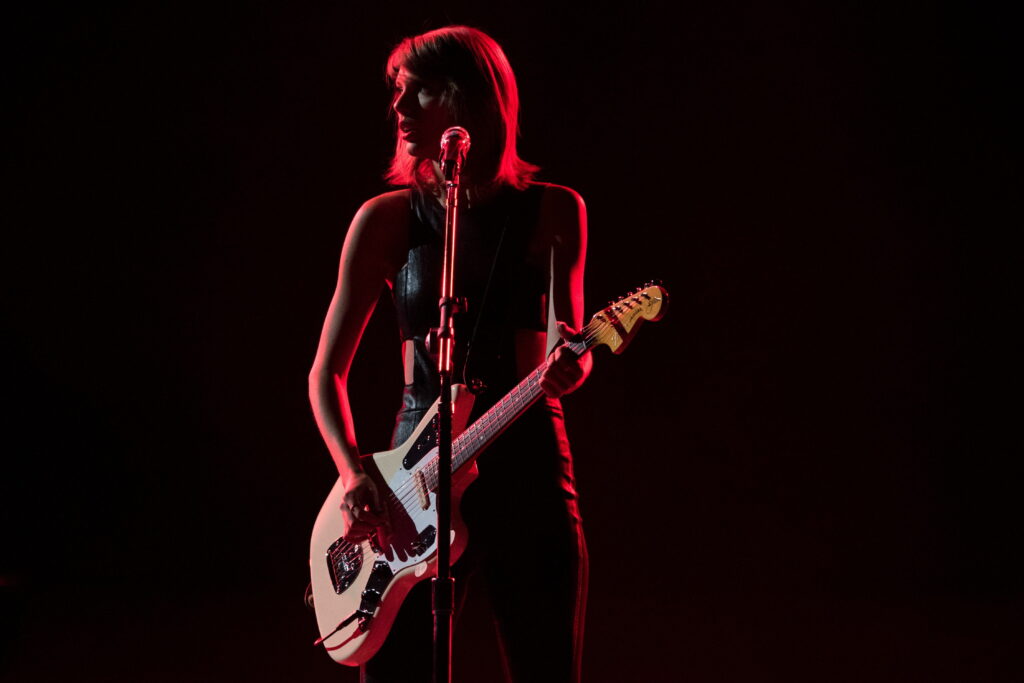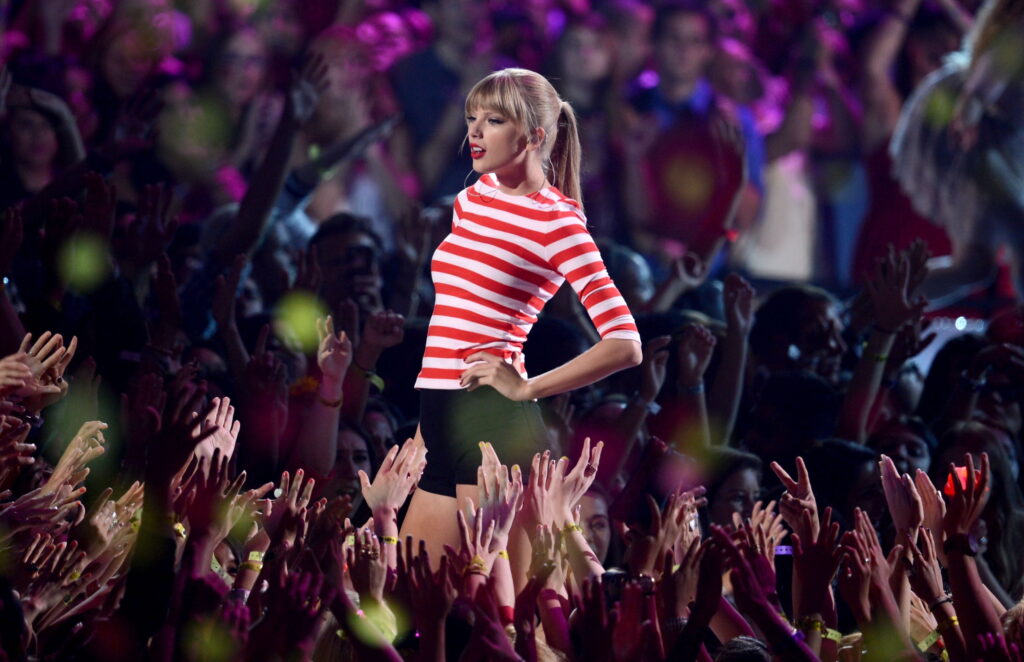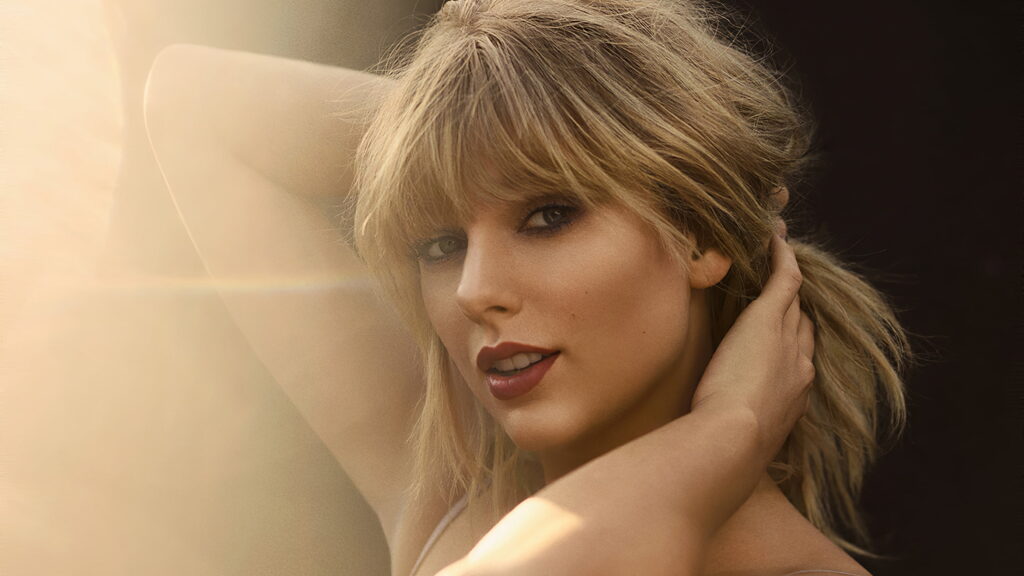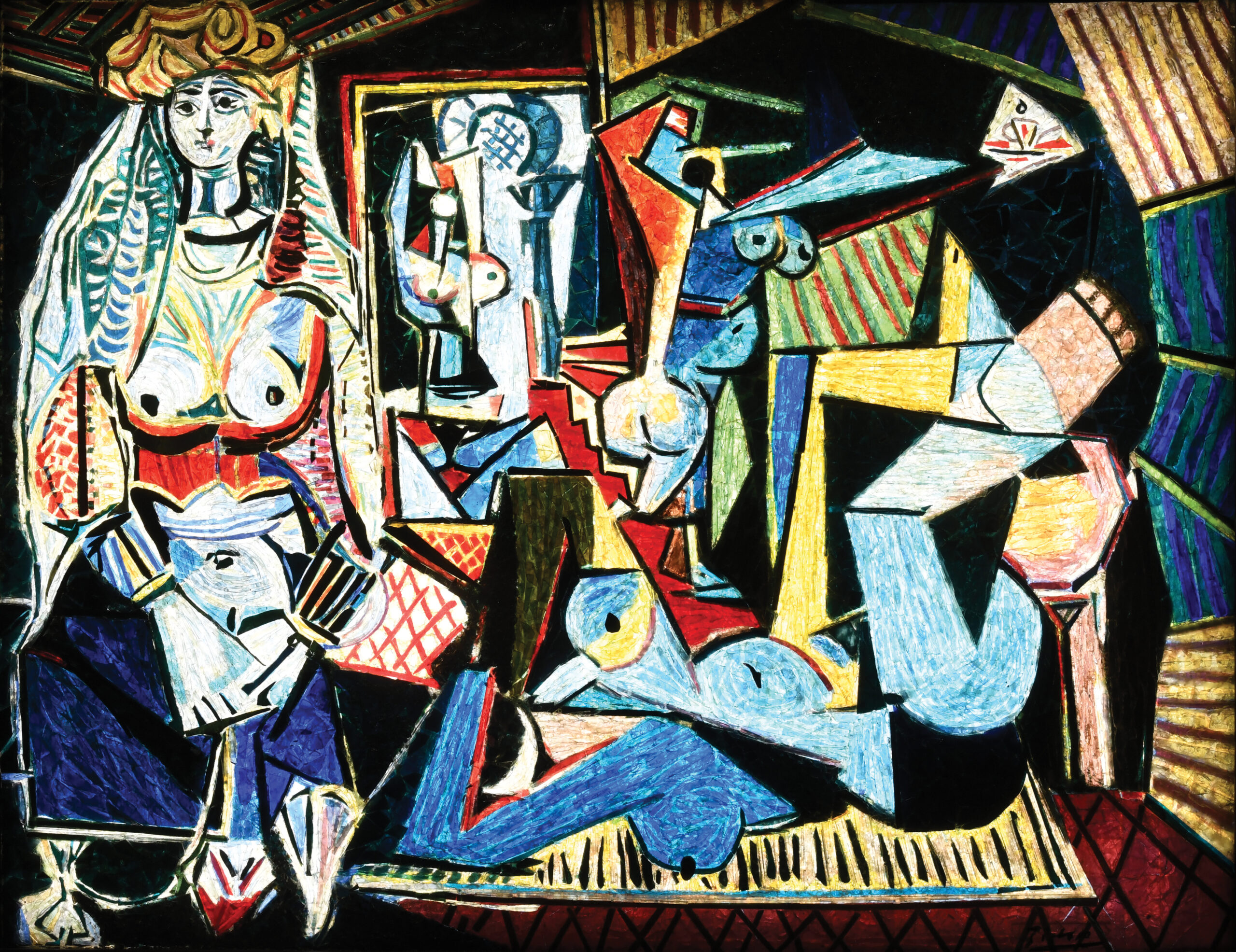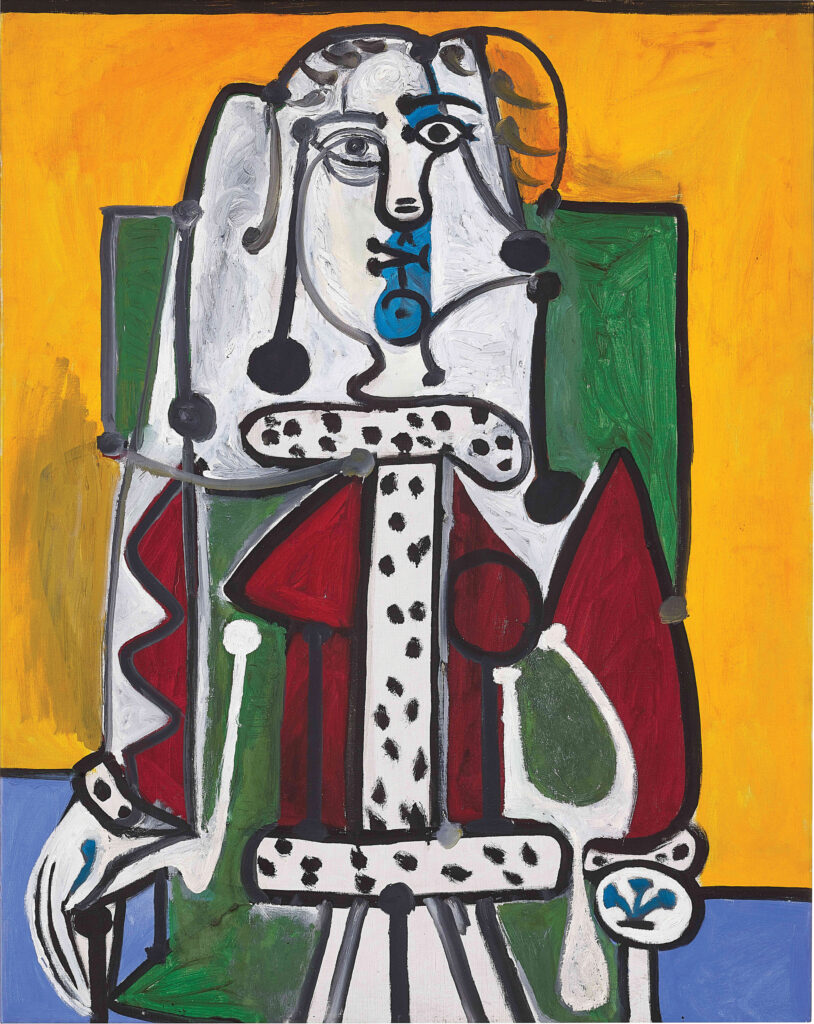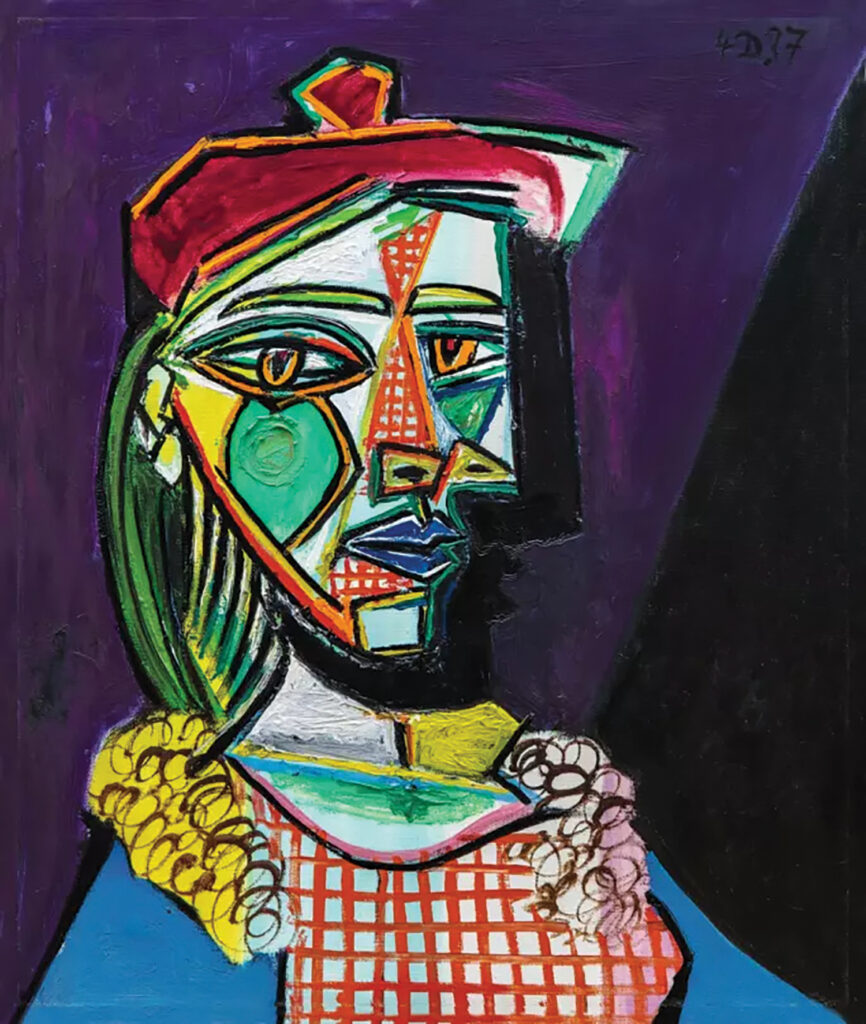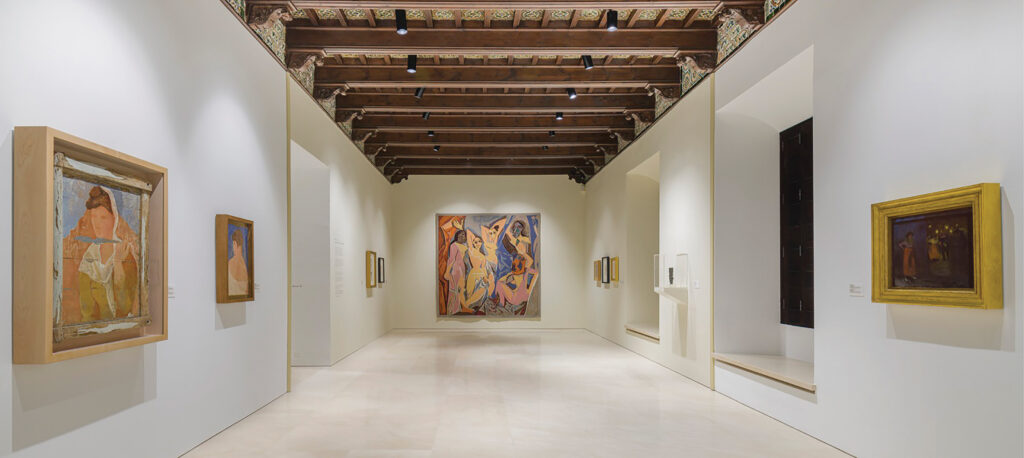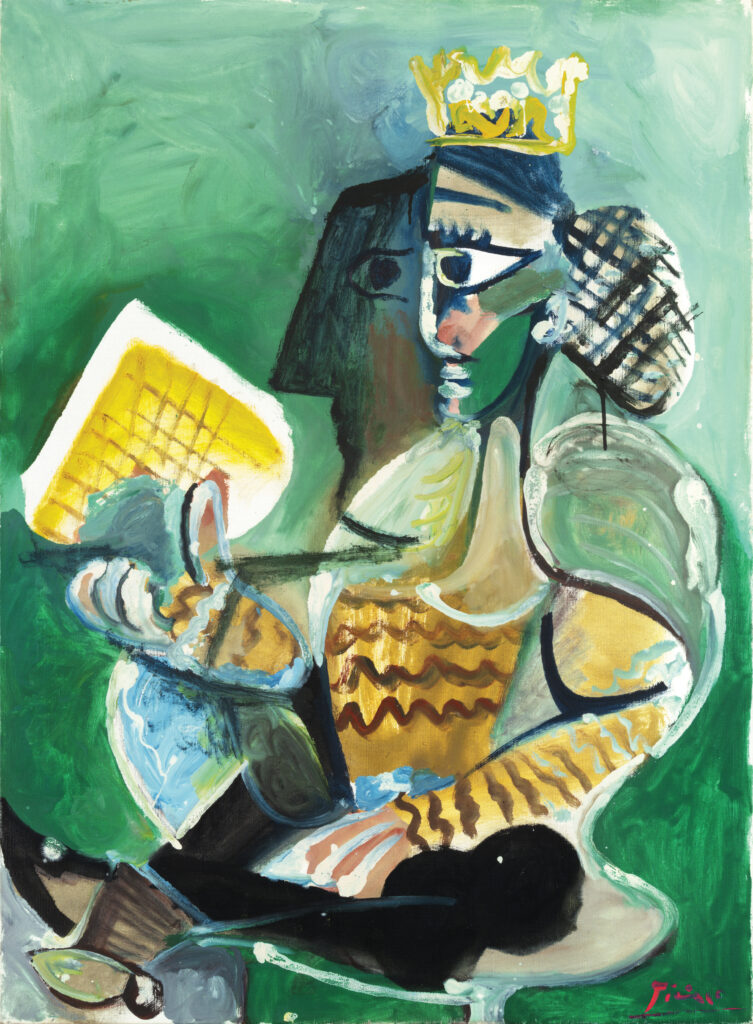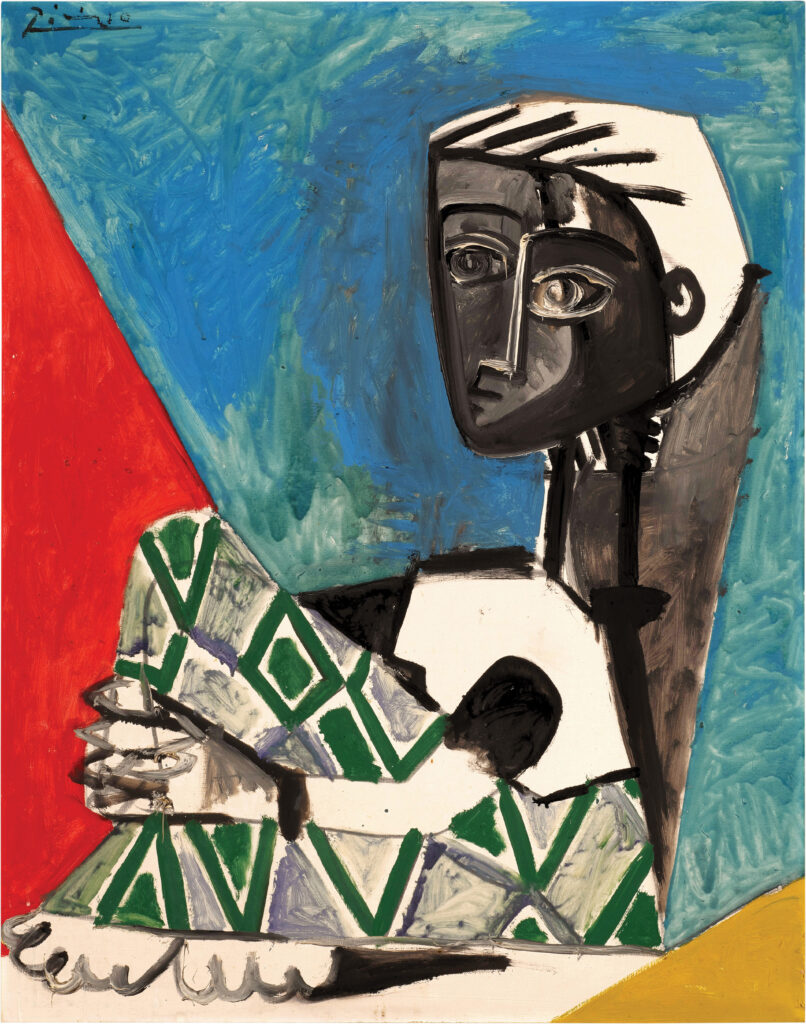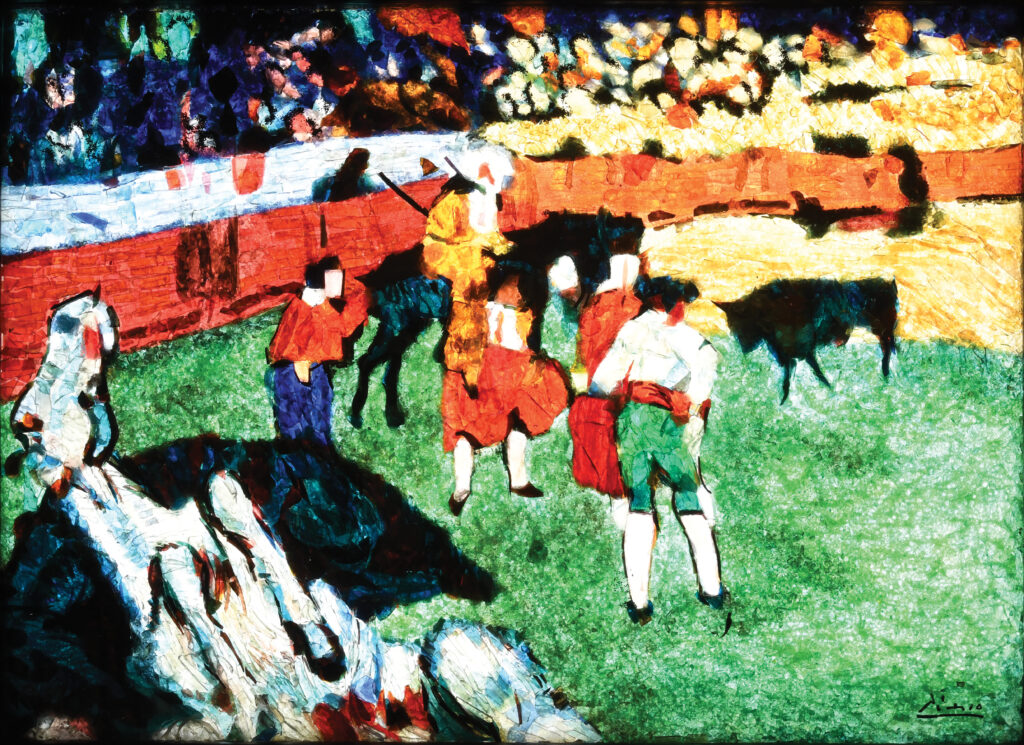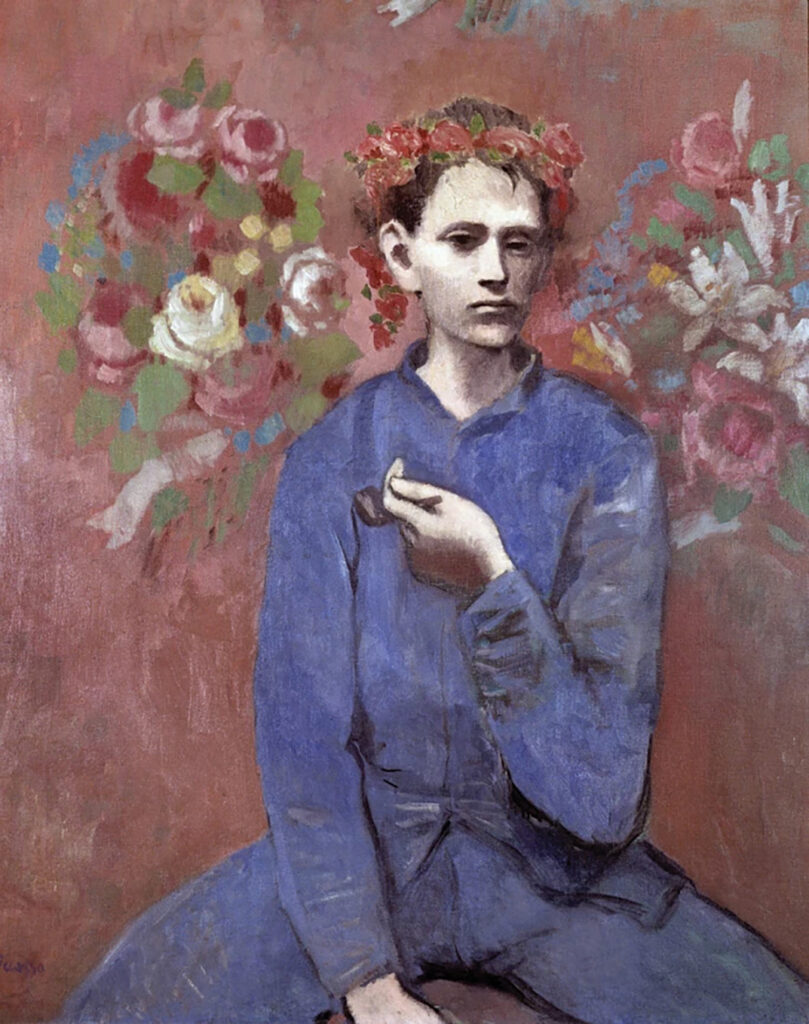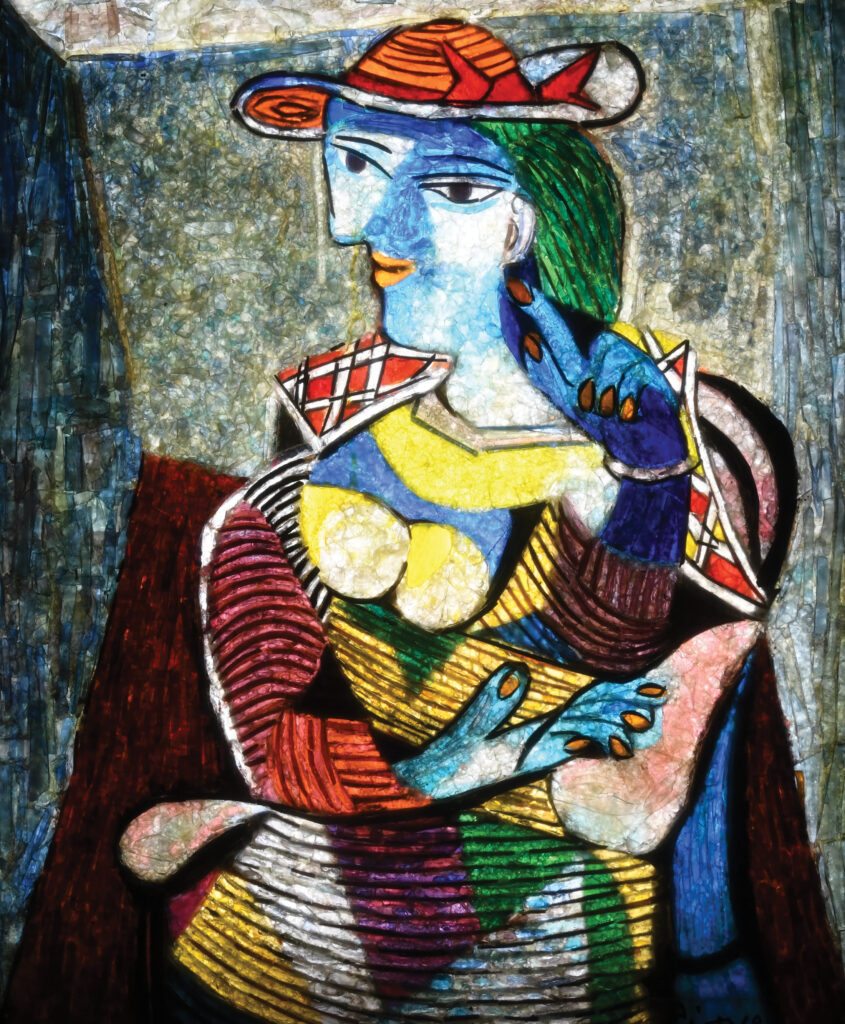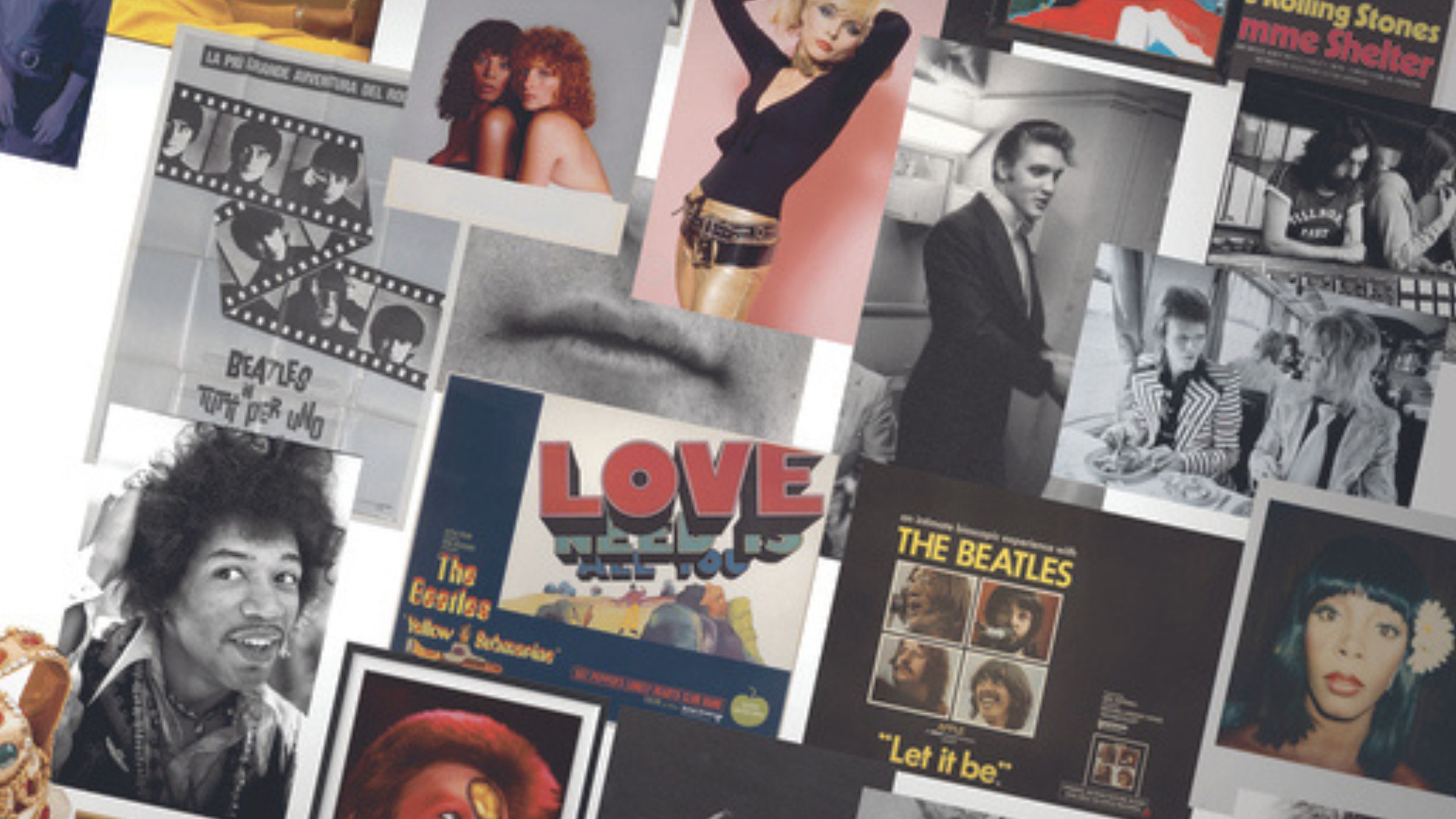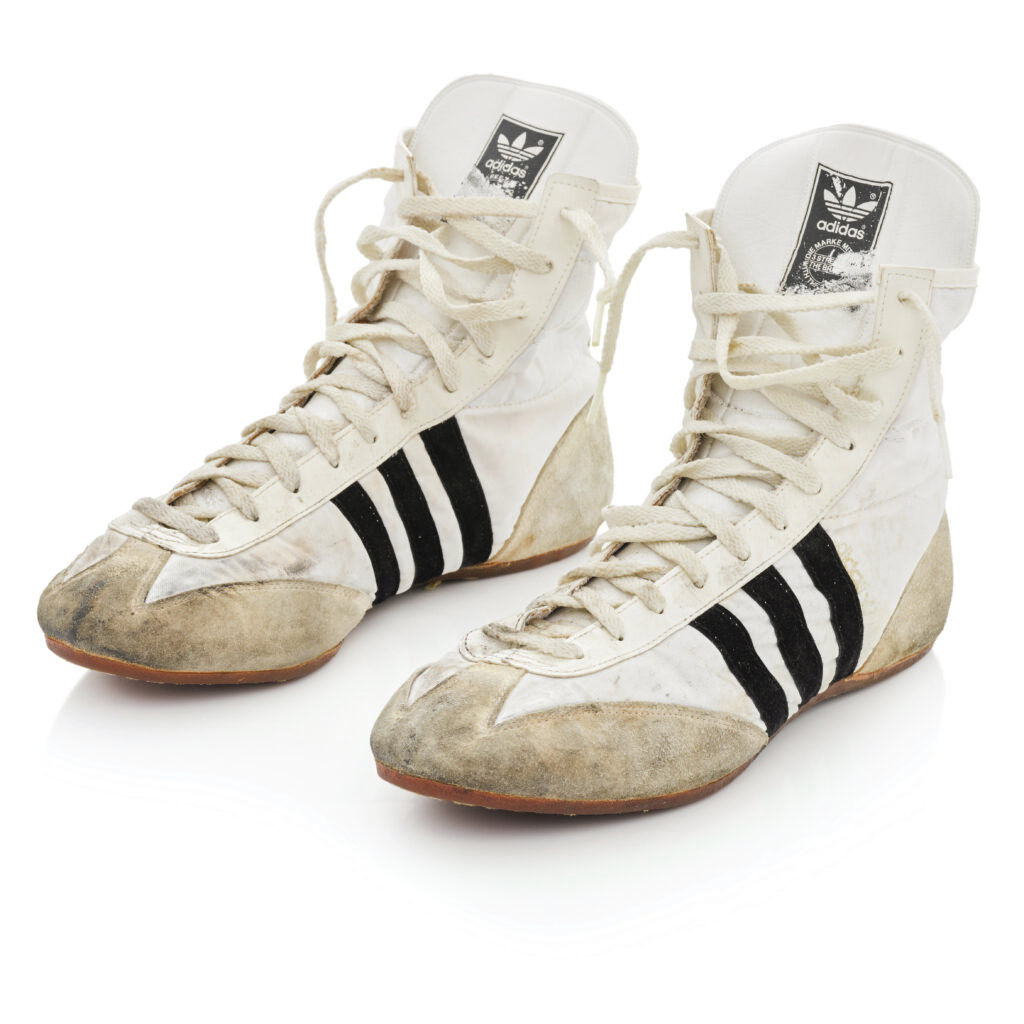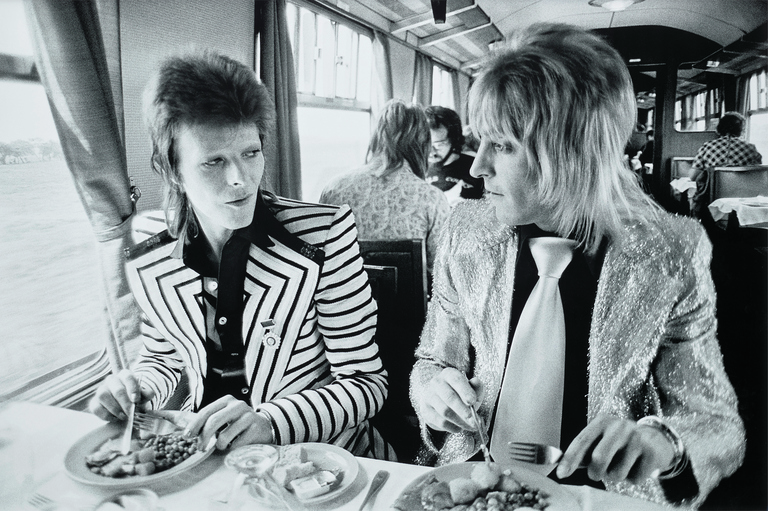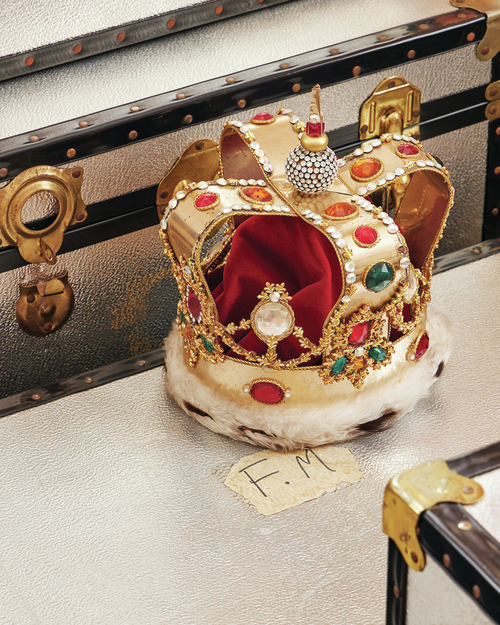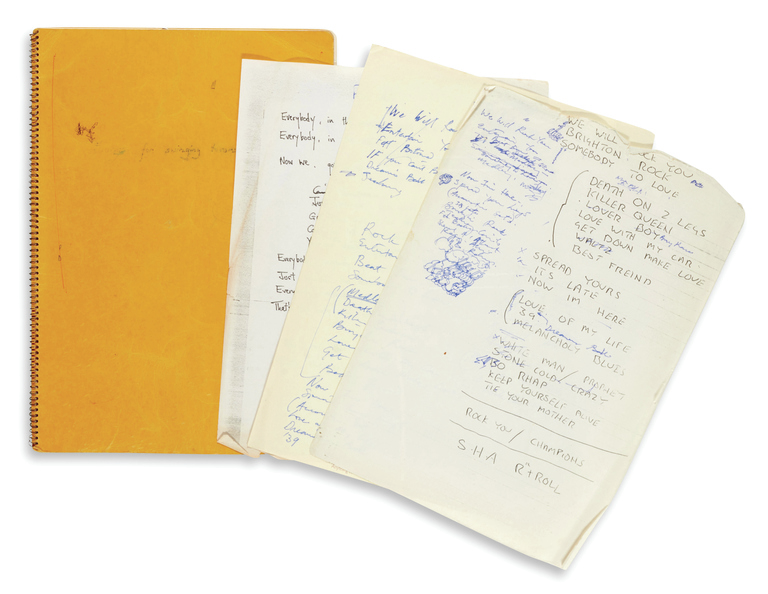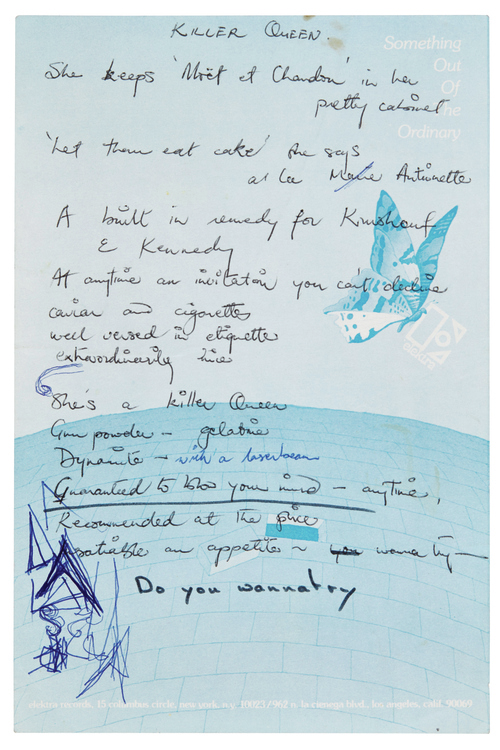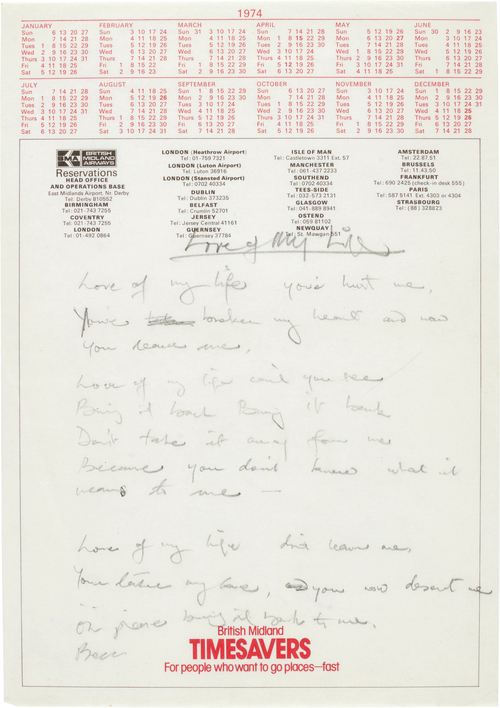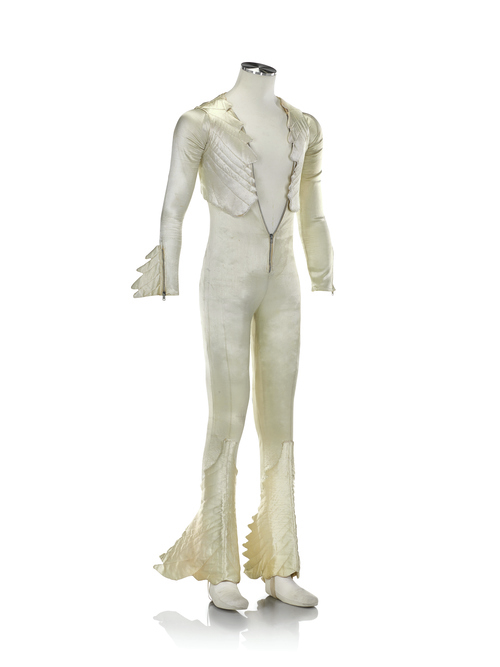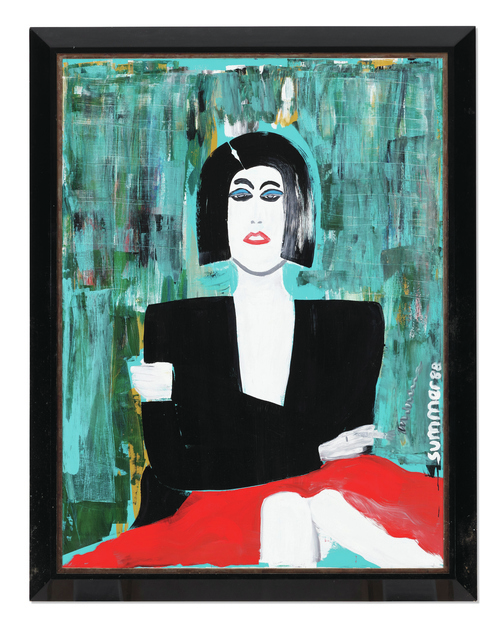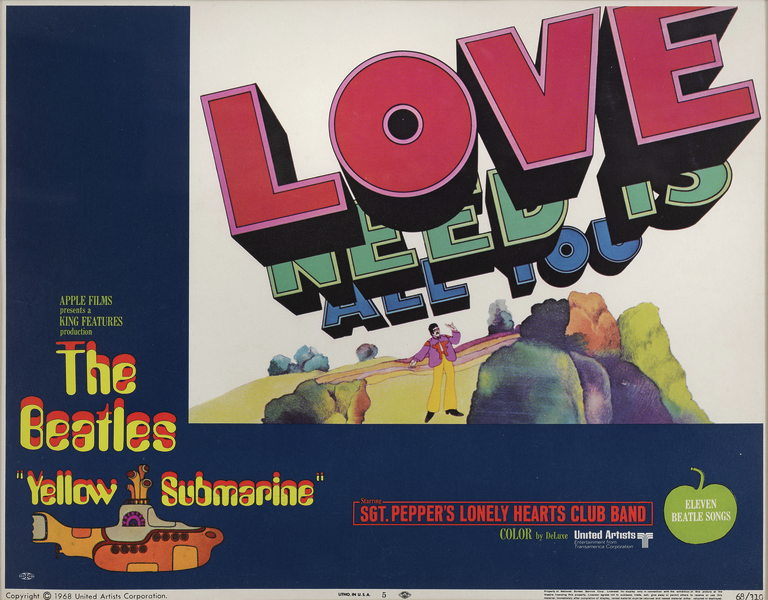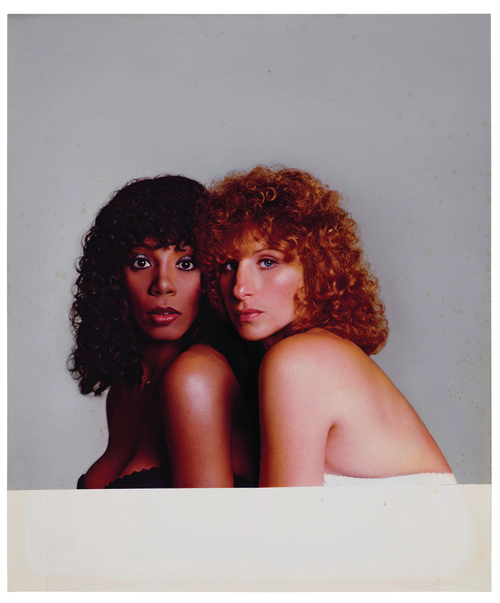Halle Bailey never anticipated that she would be called for the main role in Disney’s live-action musical adaptation of The Little Mermaid. She believed, Ariel, the Disney princess who gives up her voice and mermaid tail to be with a “spineless, savage, harpooning fish- eater” human – would not be played by an actress who looked like her, despite her obvious credentials. The 23-year-old popstar has been writing music since the age of eight, opened for Beyoncé in Europe at 16, and has five Grammy nominations.
“I love that there’s so much Black diversity on screen now,” she says. “There was a time when we’d barely see locs – and now we have a Disney princess with them. It was super important for me to have my natural hair in this film. I’ve had my locs since I was five, so they’re a huge part of who I am. We need to be able to see ourselves, we need to be able to see our hair on big screens like this so that we know that it’s beautiful and more than acceptable.”
Beyoncé protégé
Before her successful Disney big-screen debut, Bailey was best known as one-half of the sisterly pop duo Chloe x Halle, whose first claim to fame was their YouTube cover of Beyoncé’s Pretty Hurts grabbing the attention of the music legend herself. The song changed the teenagers’ lives, propelling them to overnight prominence. They became the opening acts for both Beyoncé’s The Formation World Tour and Andra Day’s Cheers to the Fall Tour in 2016 and released popular EPs and albums including Uncovered, Sugar Symphony and The Kids Are Alright.

Their musical style, which transcends genres, distinguishes Chloe x Halle, two years her senior, from other artists. “My sister and I would always play mermaid in the pool,” she recalls. “Our first mixtape was called The Two of Us – I think weput it out when I was 15–and on the cover,I’m wearing my favourite mermaid blanket; it’s like a mermaid tail. Looking back, I’m like, that’s so weird. In a way, it was a coincidence. But really, it was the universe or God [giving me] a hint.”
Musical youth
Born in Mableton, Georgia, Halle picked up the cello and violin at a very young age, and like her sister learned how to play the guitar by studying YouTube tutorials. Noticing their musical development, their father, Doug Bailey, became their full-time manager, arranging for the girls – the middle pair of four siblings – to perform in the Atlanta area.
The family relocated to Los Angeles in late 2012 when Halle was 12. Two years later, Chloe x Halle signed with Beyoncé’s Parkwood Entertainment management company and record label. By 2021, the sisters had released two albums and earned a slew of industry accolades.
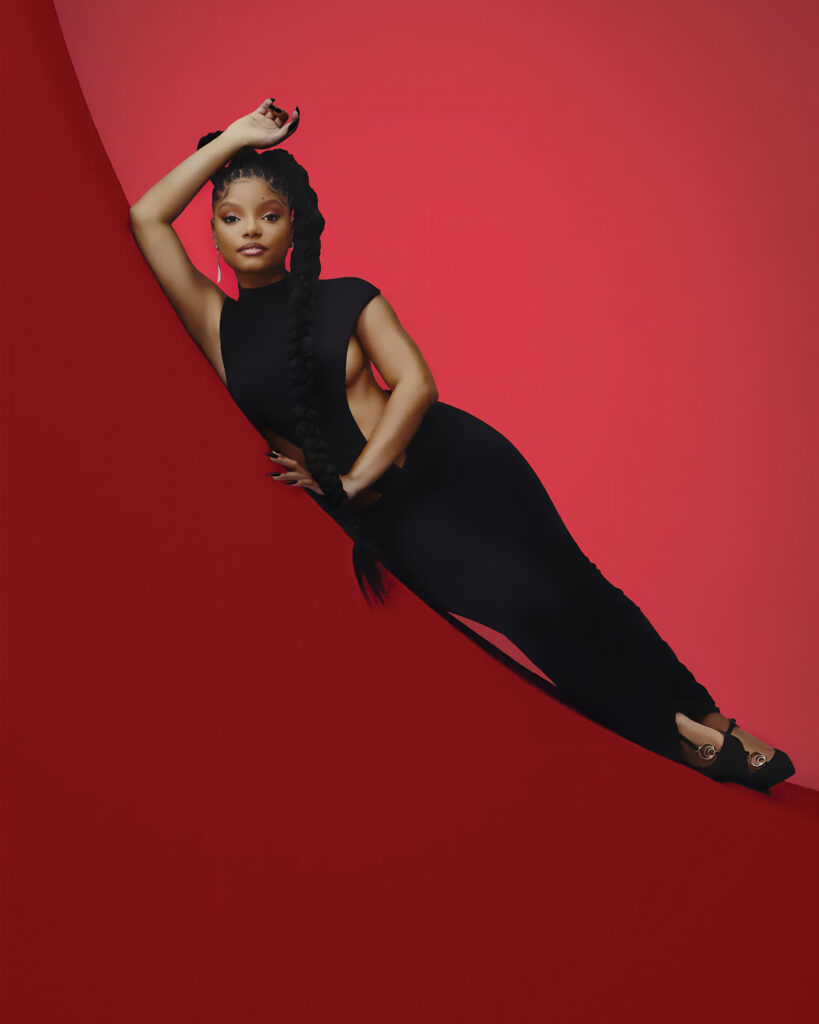
“One major high would definitely be when my sister and I were nominated for Grammys,” she says. “We sang Where Is the Love by Donny Hathaway and Roberta Flack, and that was actually the performance that got me noticed by Little Mermaid director Rob Marshall. It was confirmation for me that my own abilities and belief in myself [is enough]. I believed in myself for the first time.”
Purple patch
In addition, Bailey is a fantastic actress who made her screen debut in the 2006 romantic comedy Last Holiday. She then appeared in the 2012 films Let It Shine and Joyful Noise, and has played Skylar in the American TV sitcom Grown-ish. Completing a hat-trick of films this year is The Line, which premiered a few months before the Disney musical, and the much anticipated The Color Purple, based on the stage musical and Pulitzer Prize-winning novel by Alice Walker.

“I am so excited to be playing young Nettie in The Color Purple. This film has meant a lot to me for a very long time – it’s a Black family staple,” she says. “I also got a chance to write an original song for the film. It’s been really cool to incorporate my artistry into this new world of acting. I’m just so grateful to be a part of the film. I cannot wait for people to see it. I think they’ll love it.”
Breaking the mould
Early this year, when the first pictures of Bailey as Ariel appeared on social media, there was a definite shift toward a new normal that was felt all over the world. The internet was inundated with videos of young Black girls excitedly responding to an Ariel they could identify with. Disney broke the mould when choosing its lead actor, and The Little Mermaid delivered a plethora of surprises appropriate for the new decade. The movie – and Bailey – are taking the responsibility of its global impact seriously.
She says: “My main goal has always been to stay true to myself. There’s so much more to being a young woman than this fairy-tale character. I think other people have a hard time separating who Halle is and who a princess is – and that’s natural when you’re a fan of an artist. But it’s a beautiful thing to be a layered individual and not fit into one certain image.”
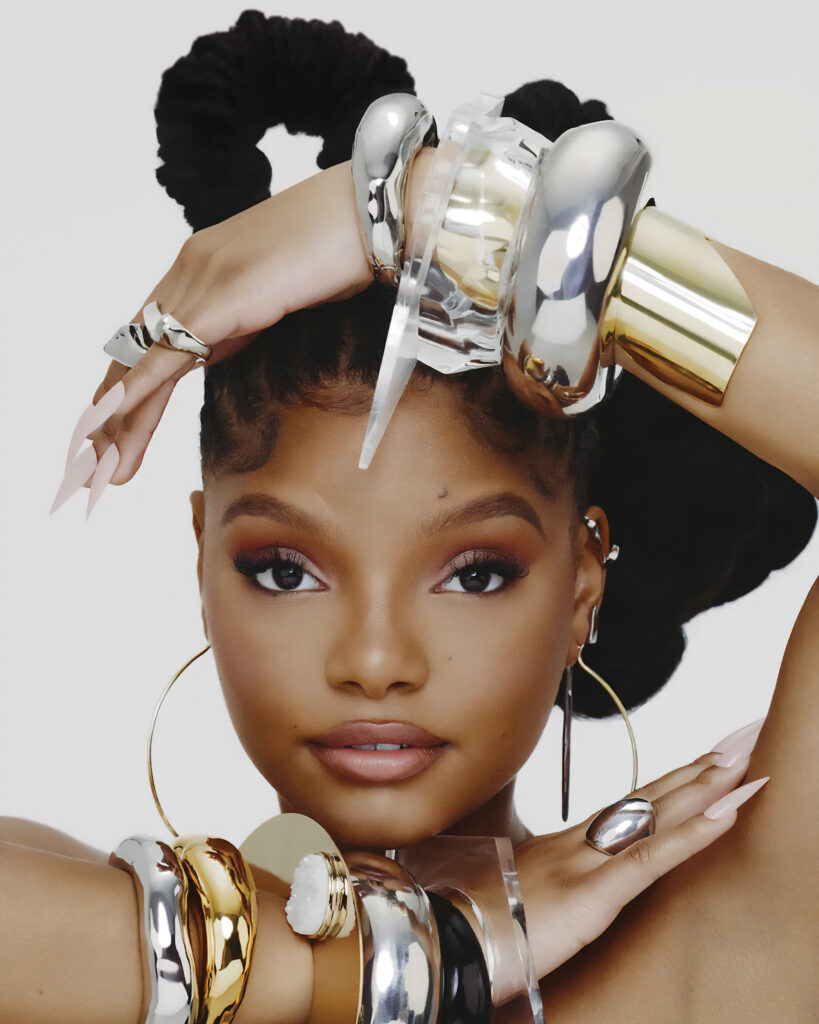
Bailey imagines herself working as a nurse, paediatrician or a kindergarten teacher if she had not broken into entertainment. As to whether she ever yearns for the realism seen outside the Hollywood bubble, she remarks: “It’s fun to think about, but honestly, no, because this has been my normal for so long.”
Greater purpose
Instead, she is careful not to let her work as an artist and entertainer distract from the purpose she would like to fulfil. “The awards and the accolades and the people complimenting, it’s all great, but what [am I] here for really?” she ponders. “What am I doing to give it back to God? What am I doing actively to be a better person every single day?”
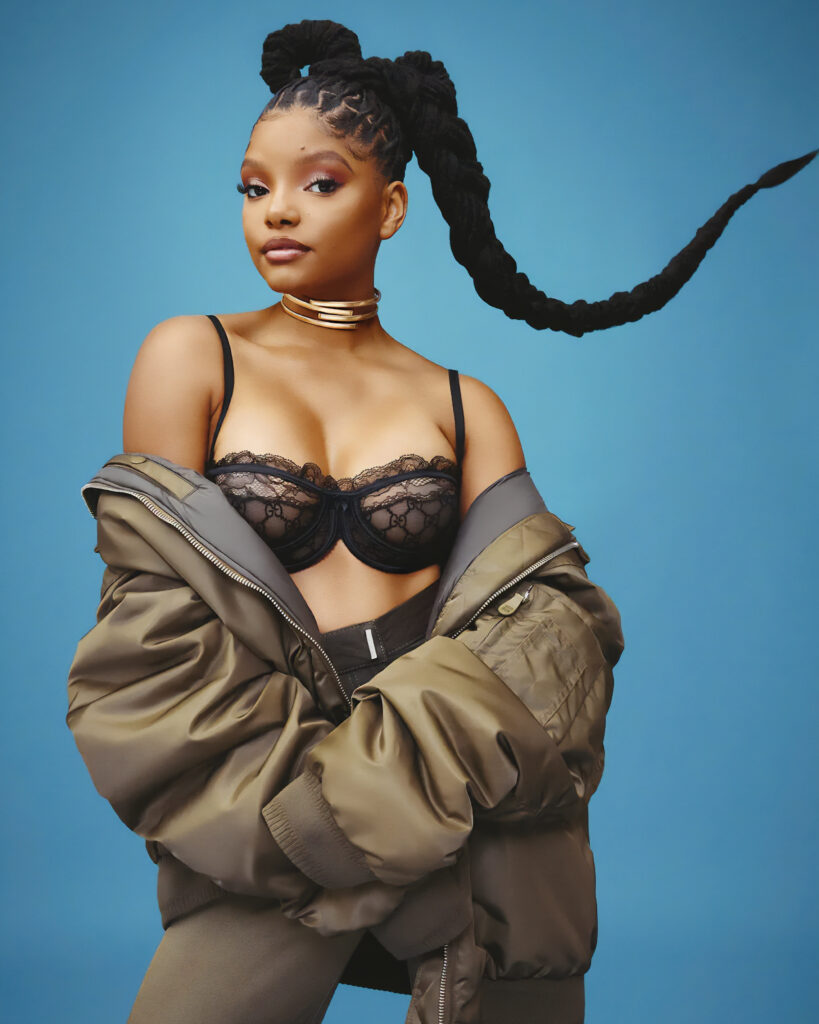
Arguably, her historic role as Ariel is indeed part of her larger purpose, and something she is – and should be – remarkably proud of. Some people believe that our fate is predetermined. Some people think we can control our own future. But for Halle Bailey, both these factors may have contributed to her extraordinary rise from child prodigy to bona fide Hollywood actress.



